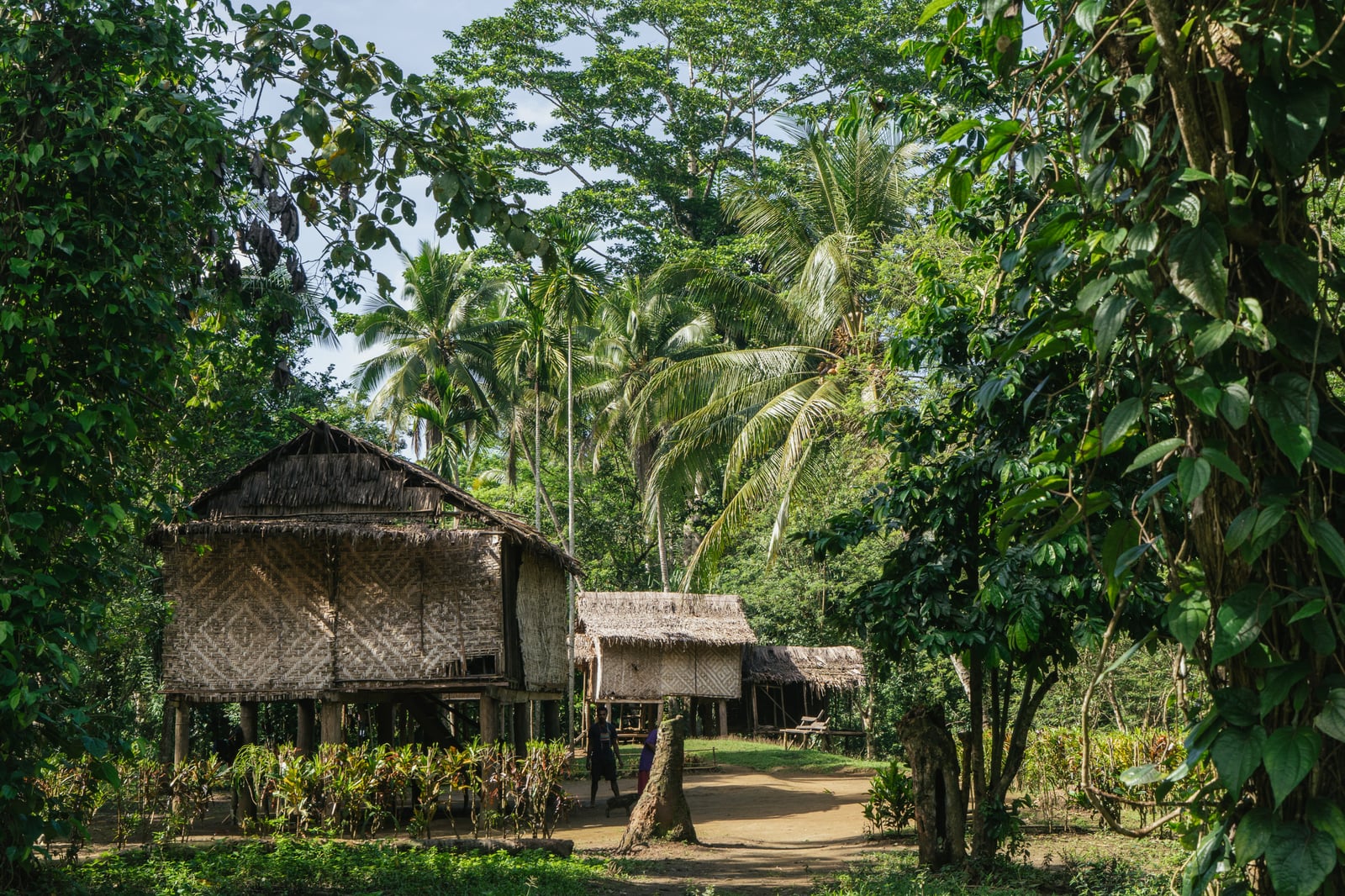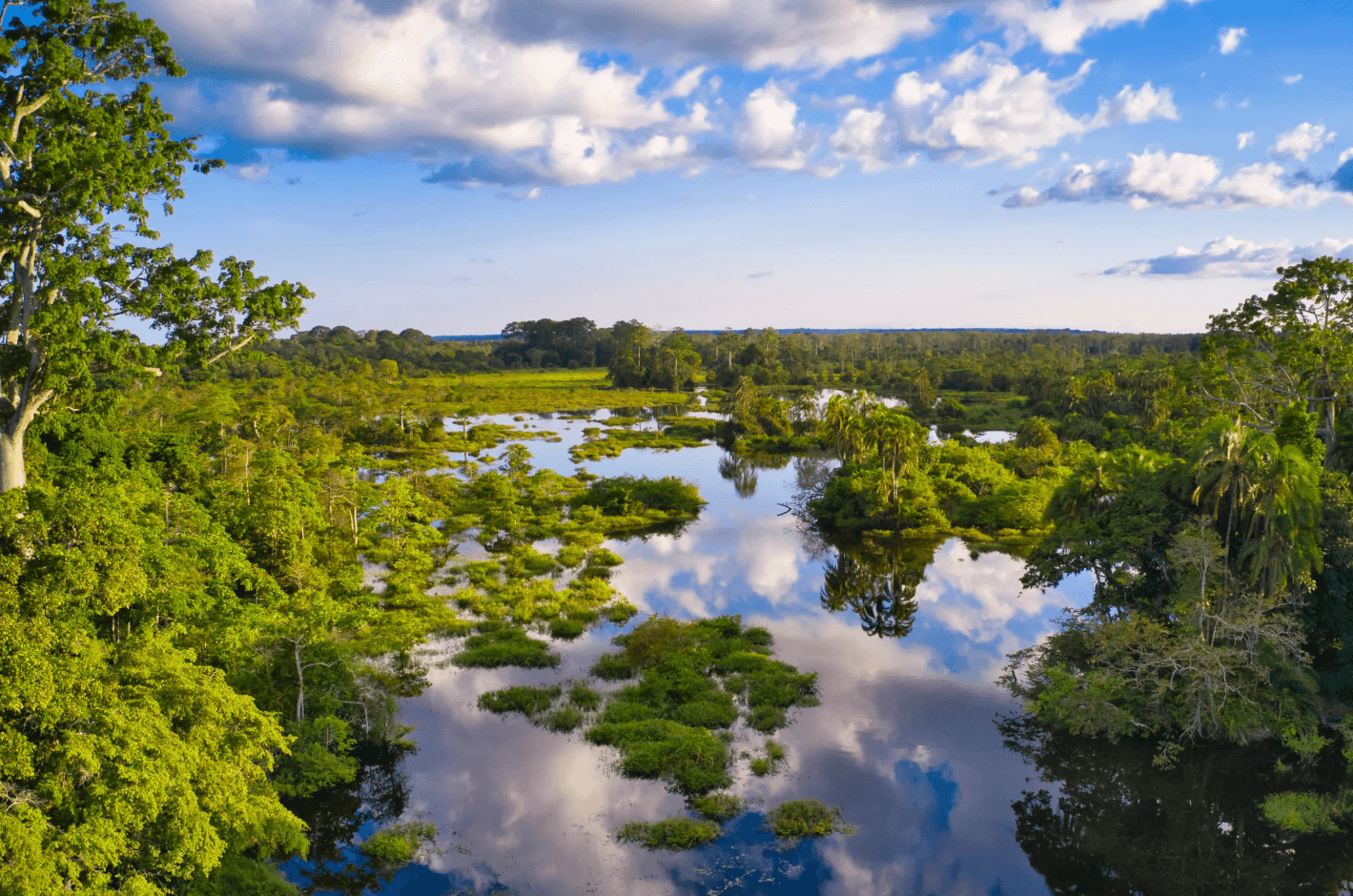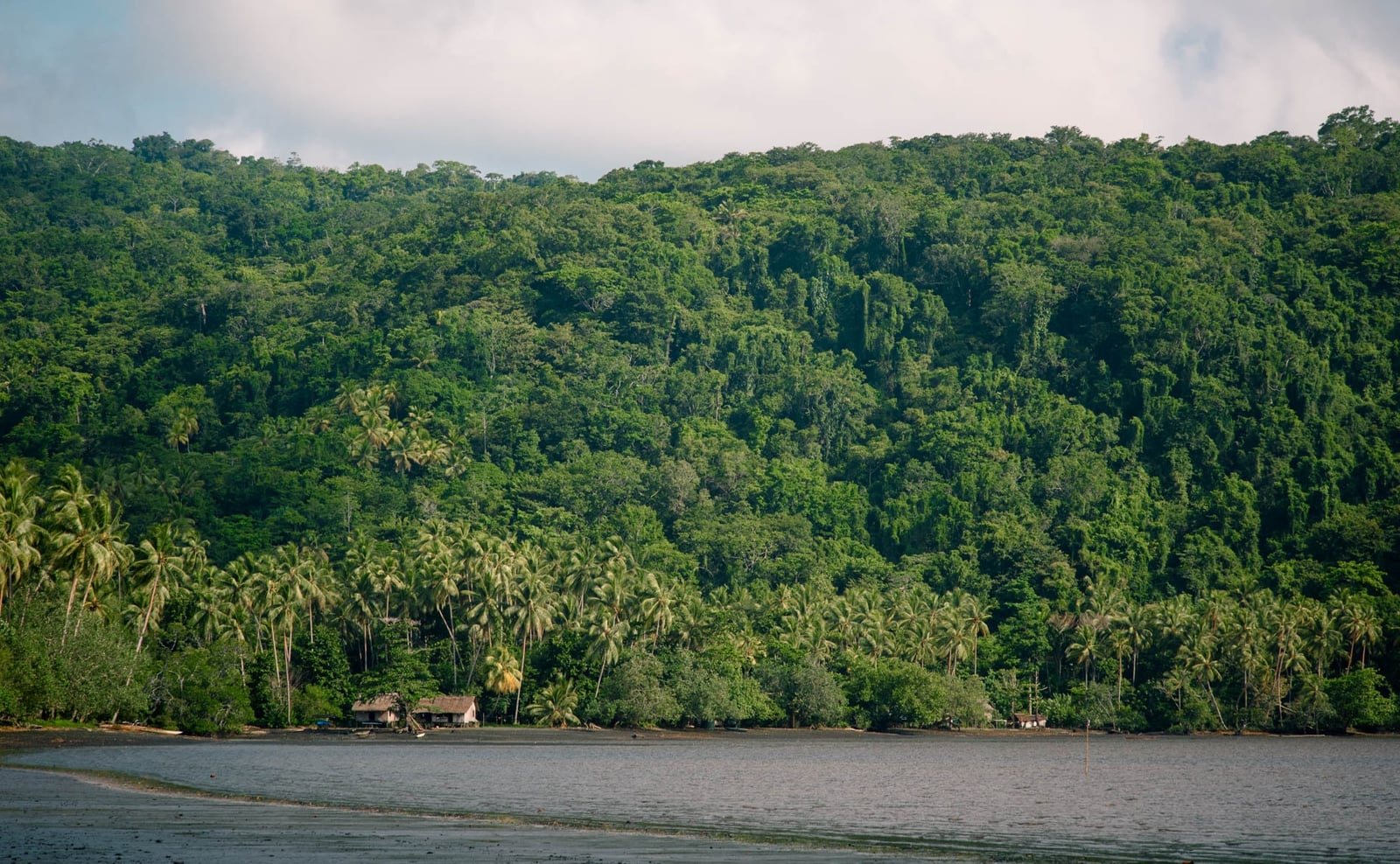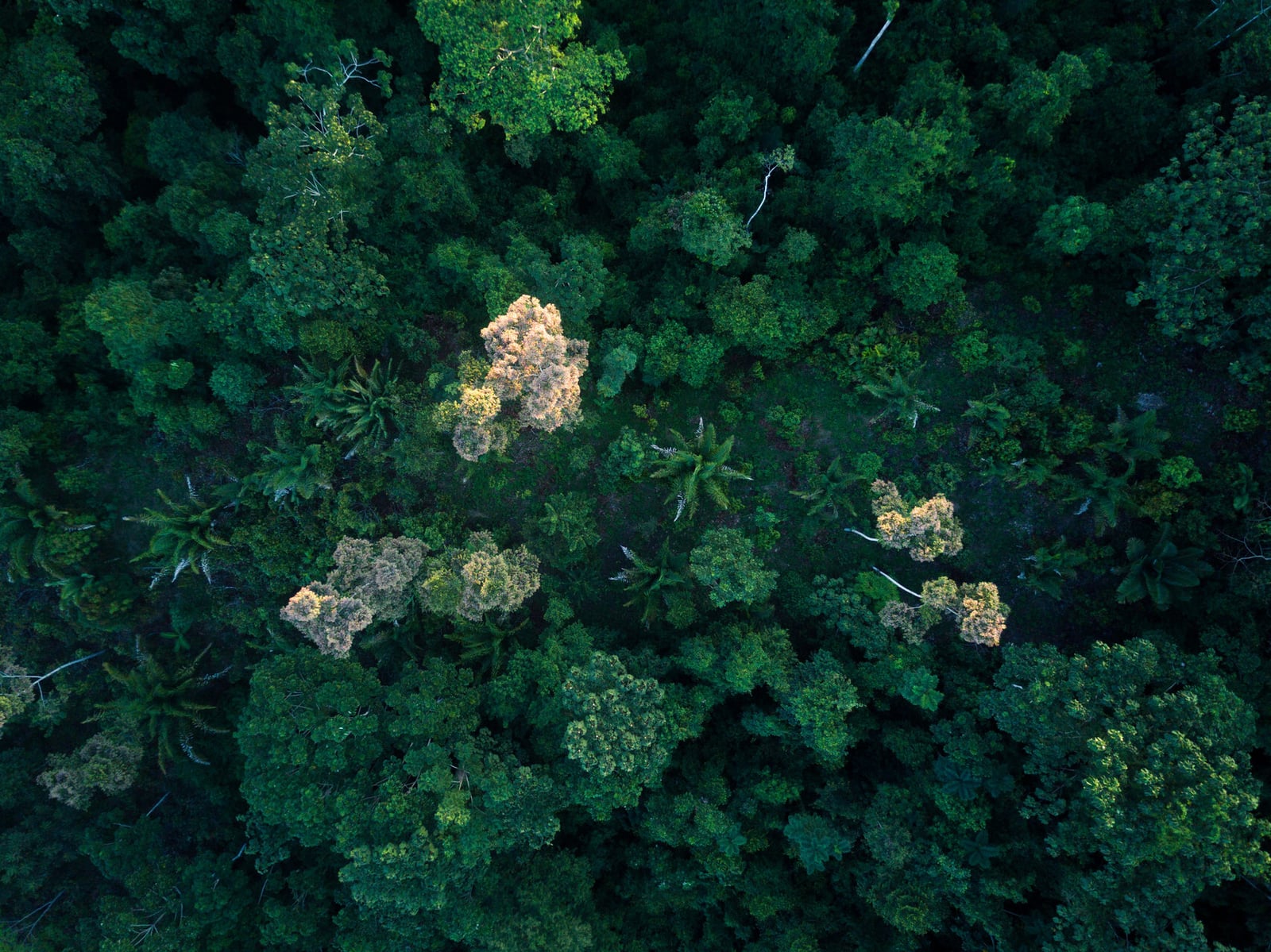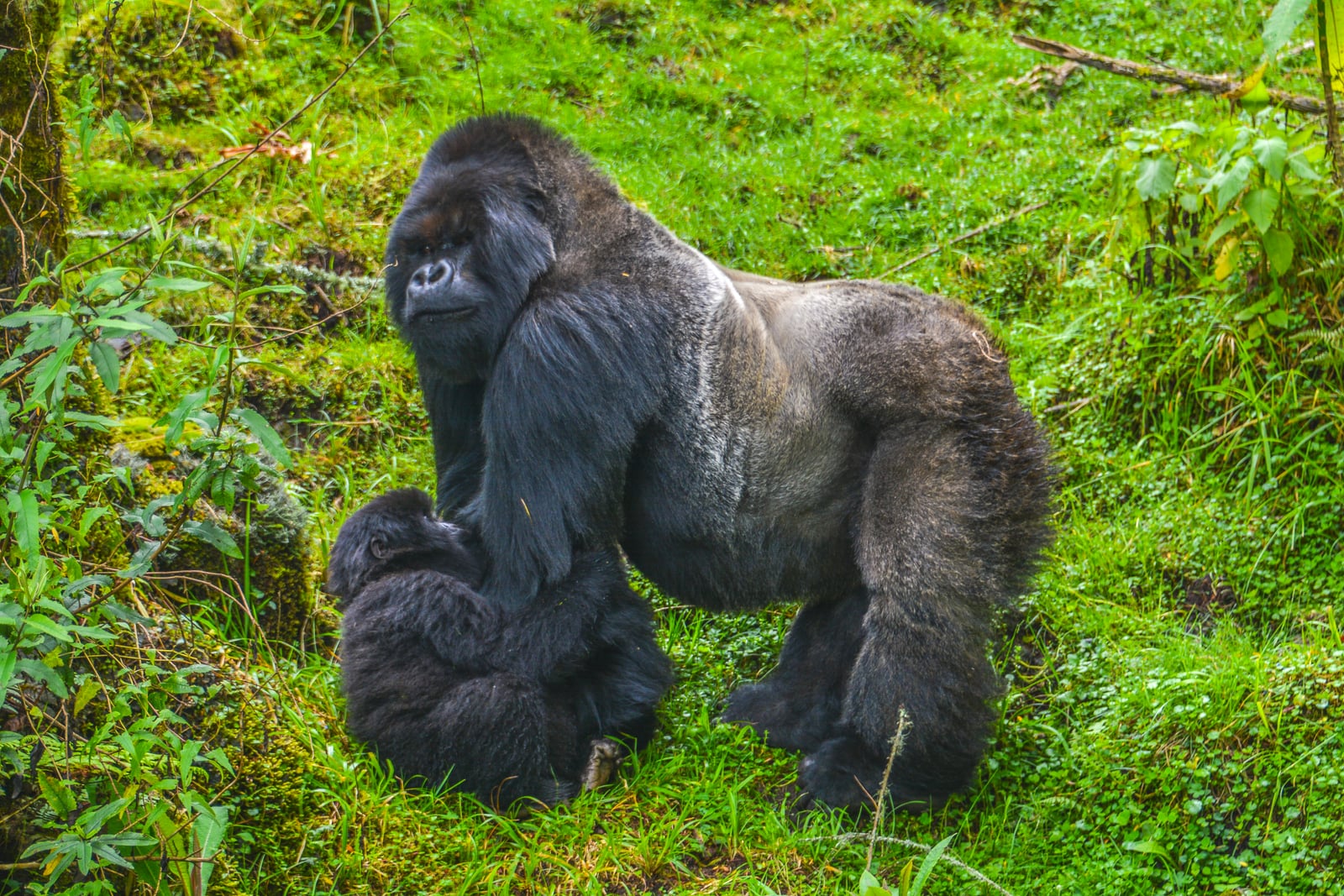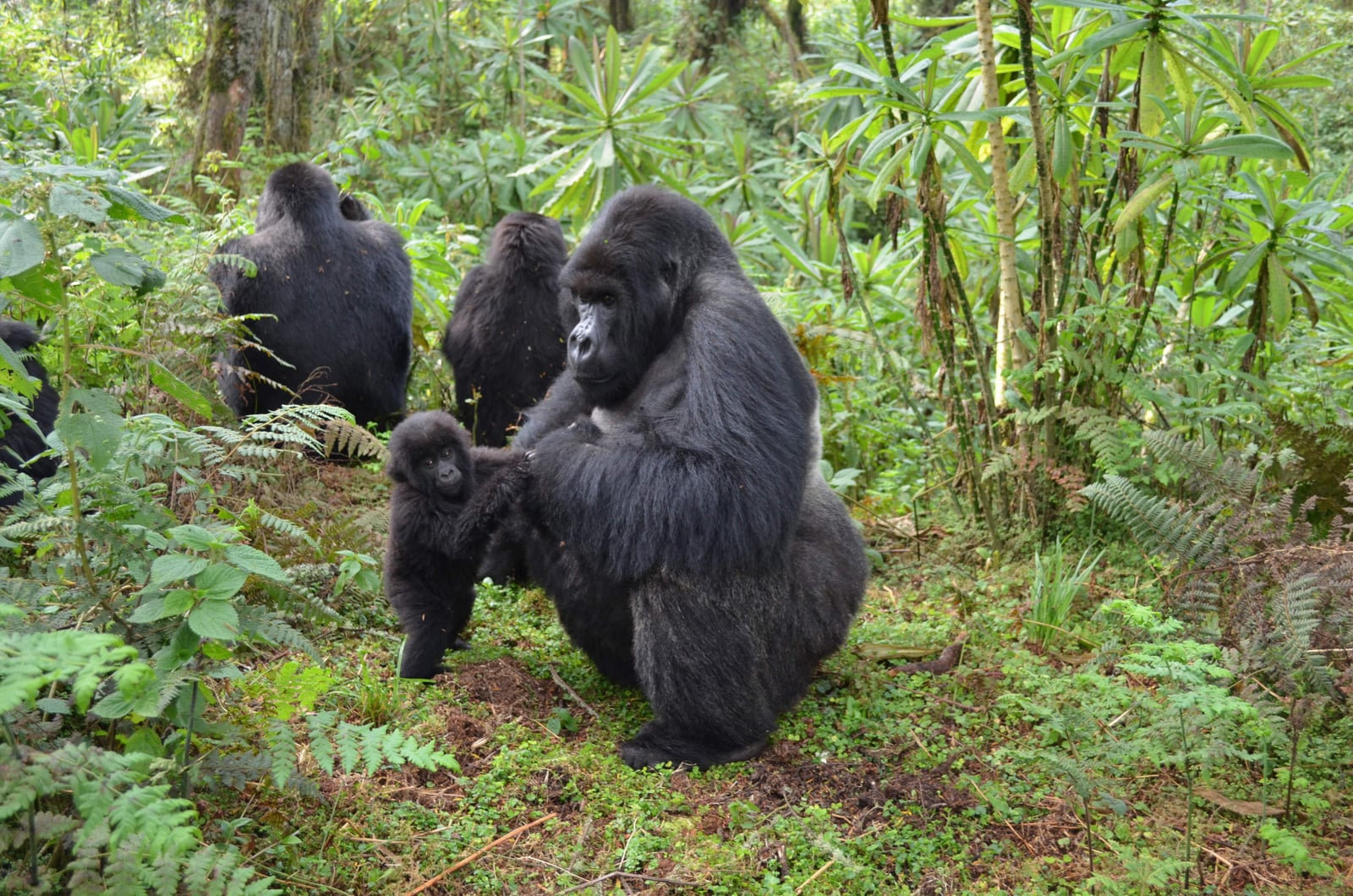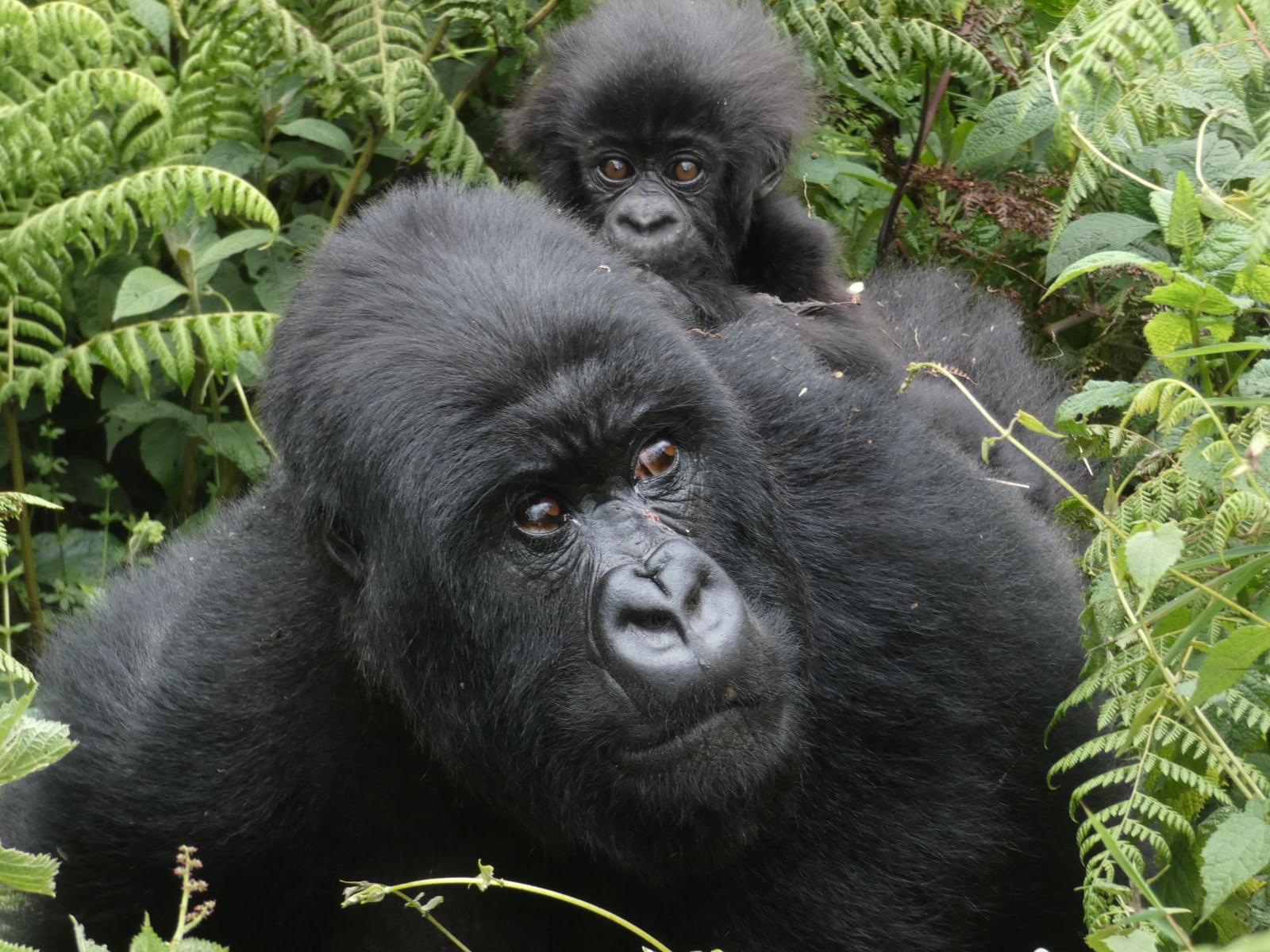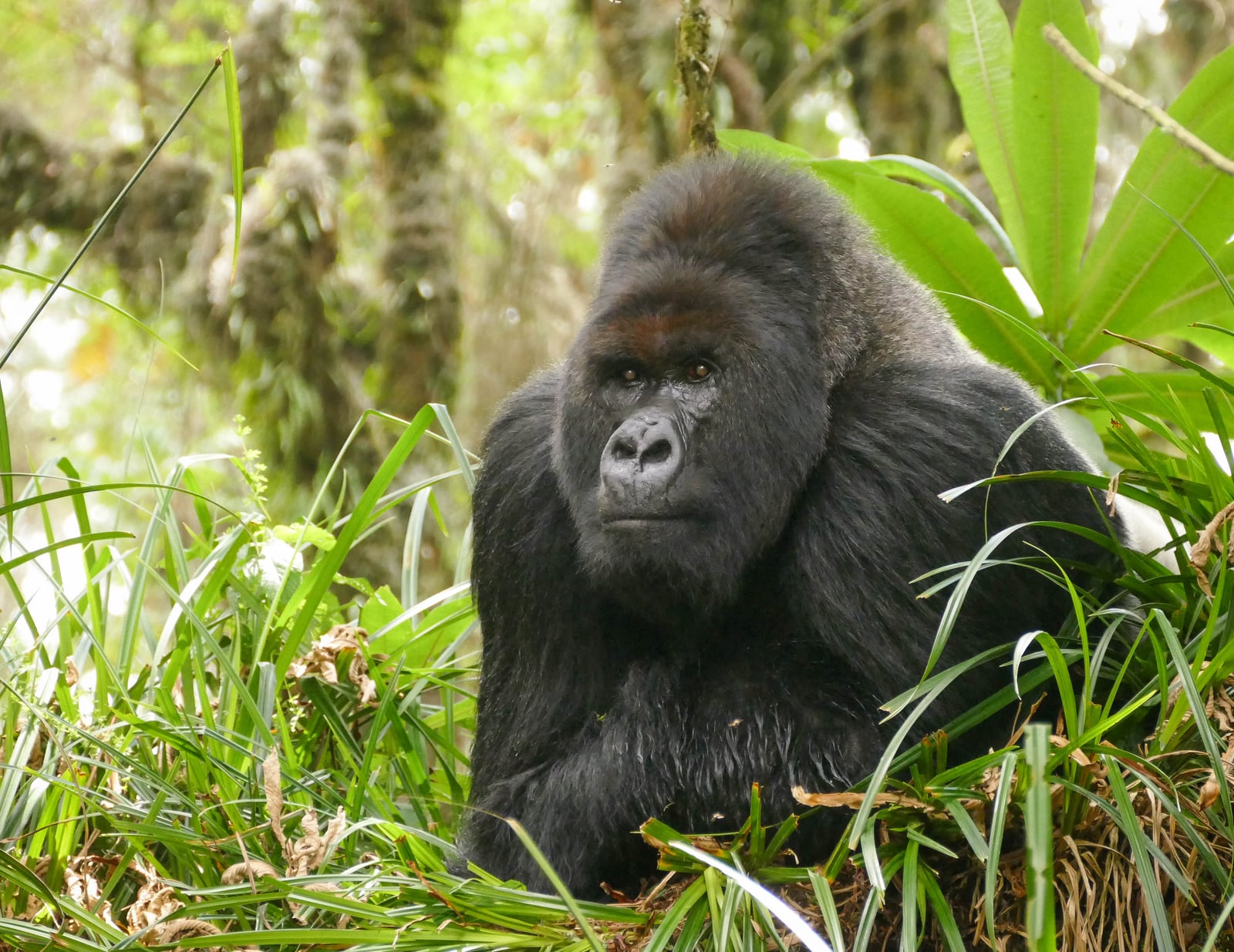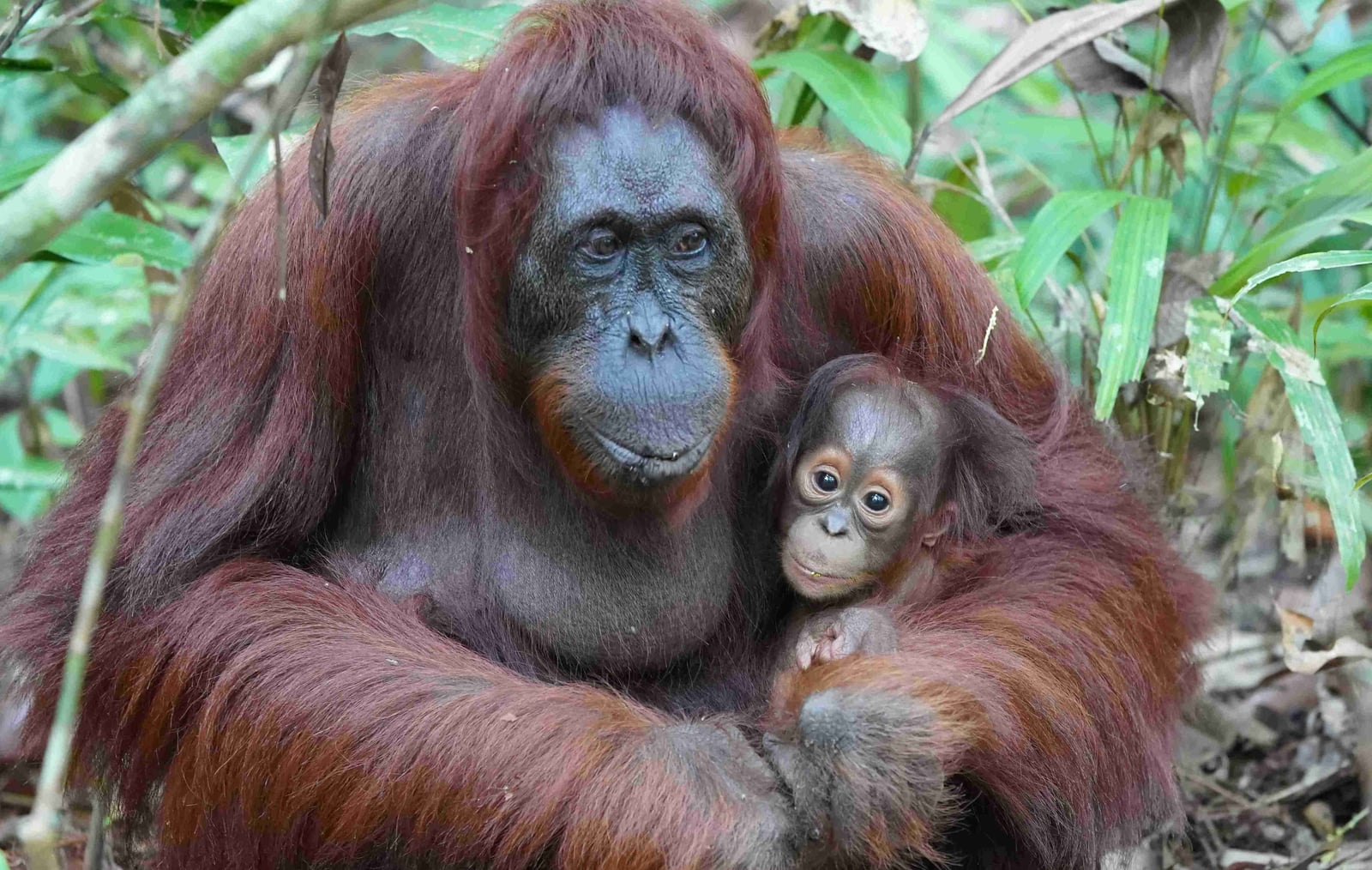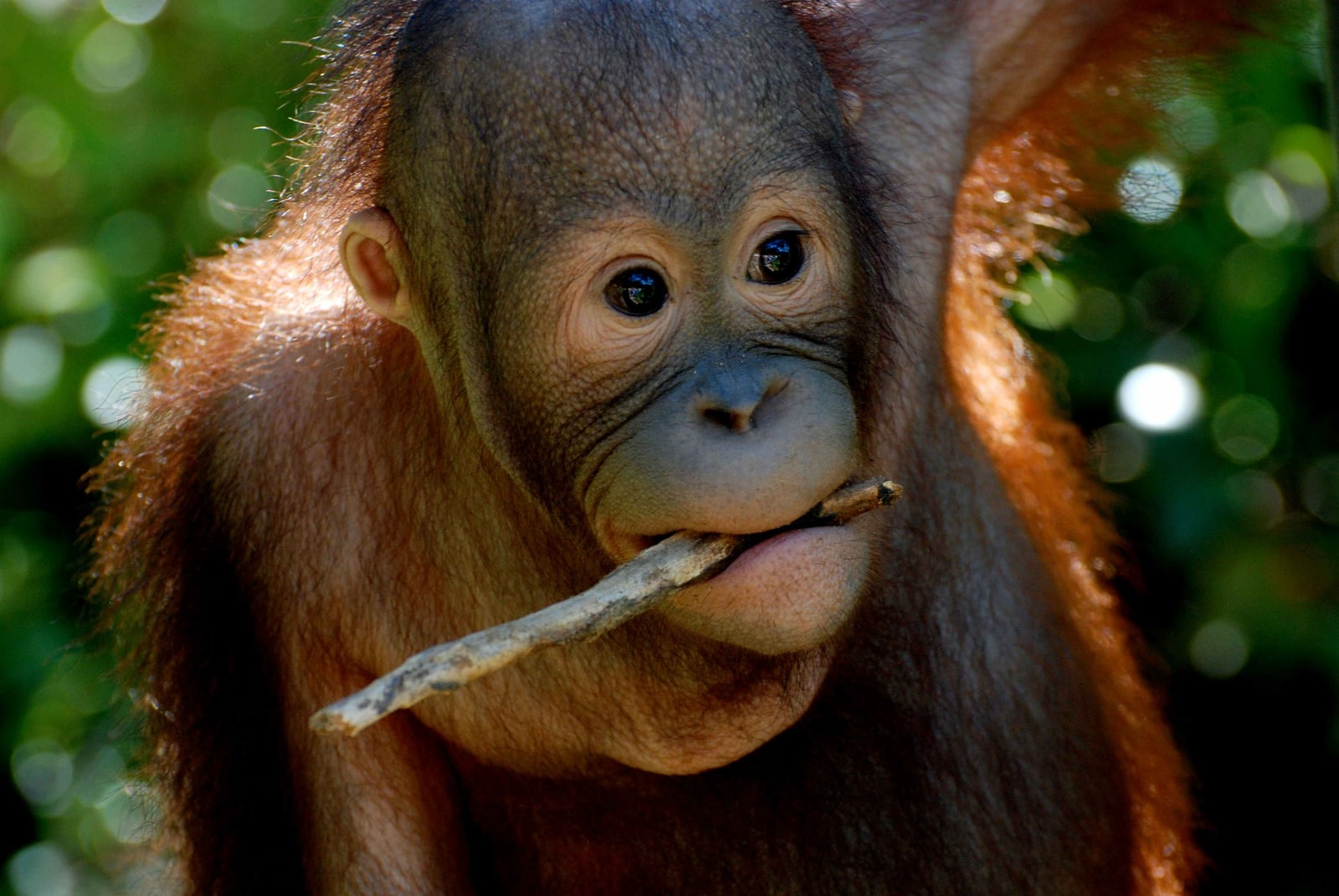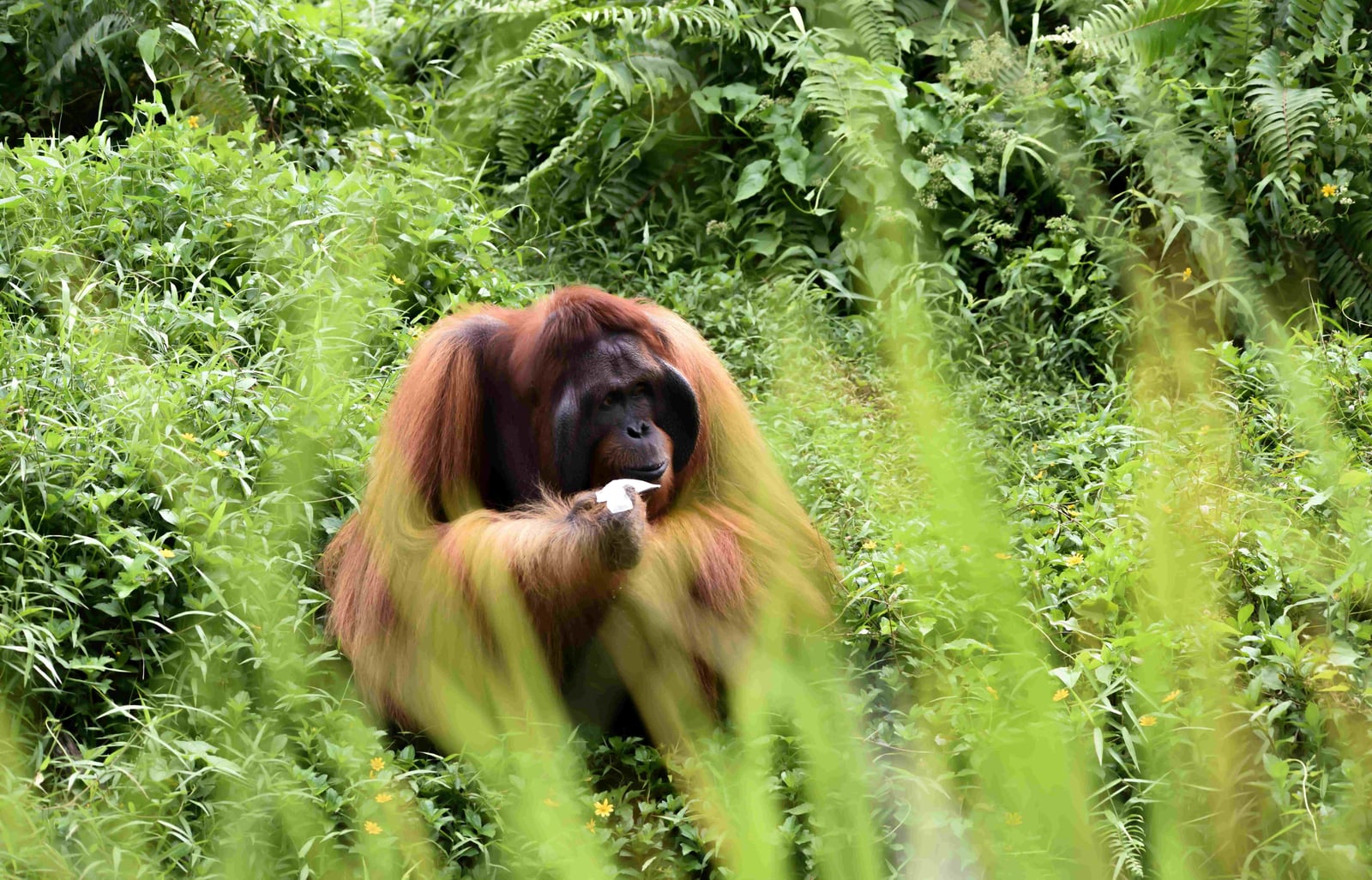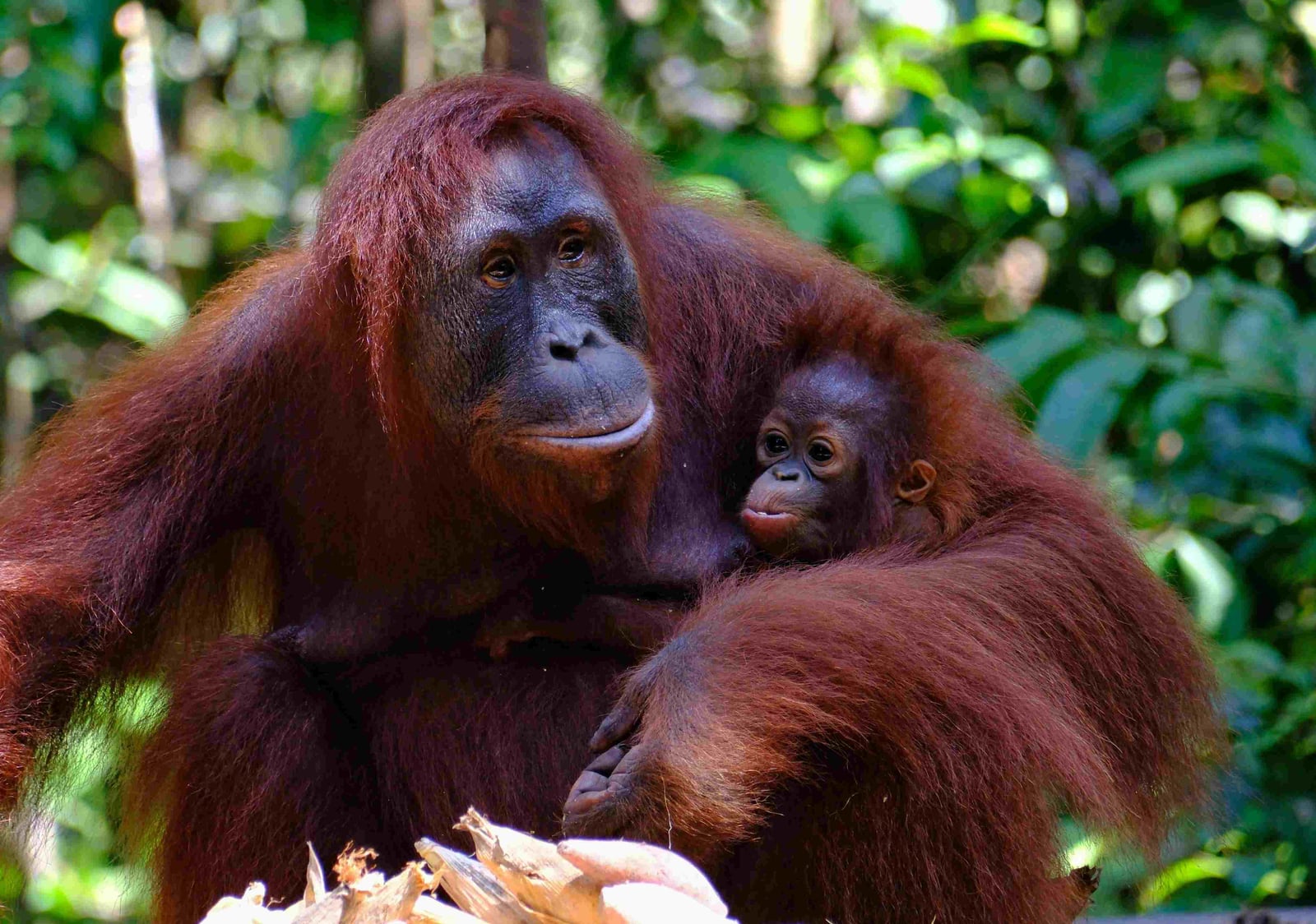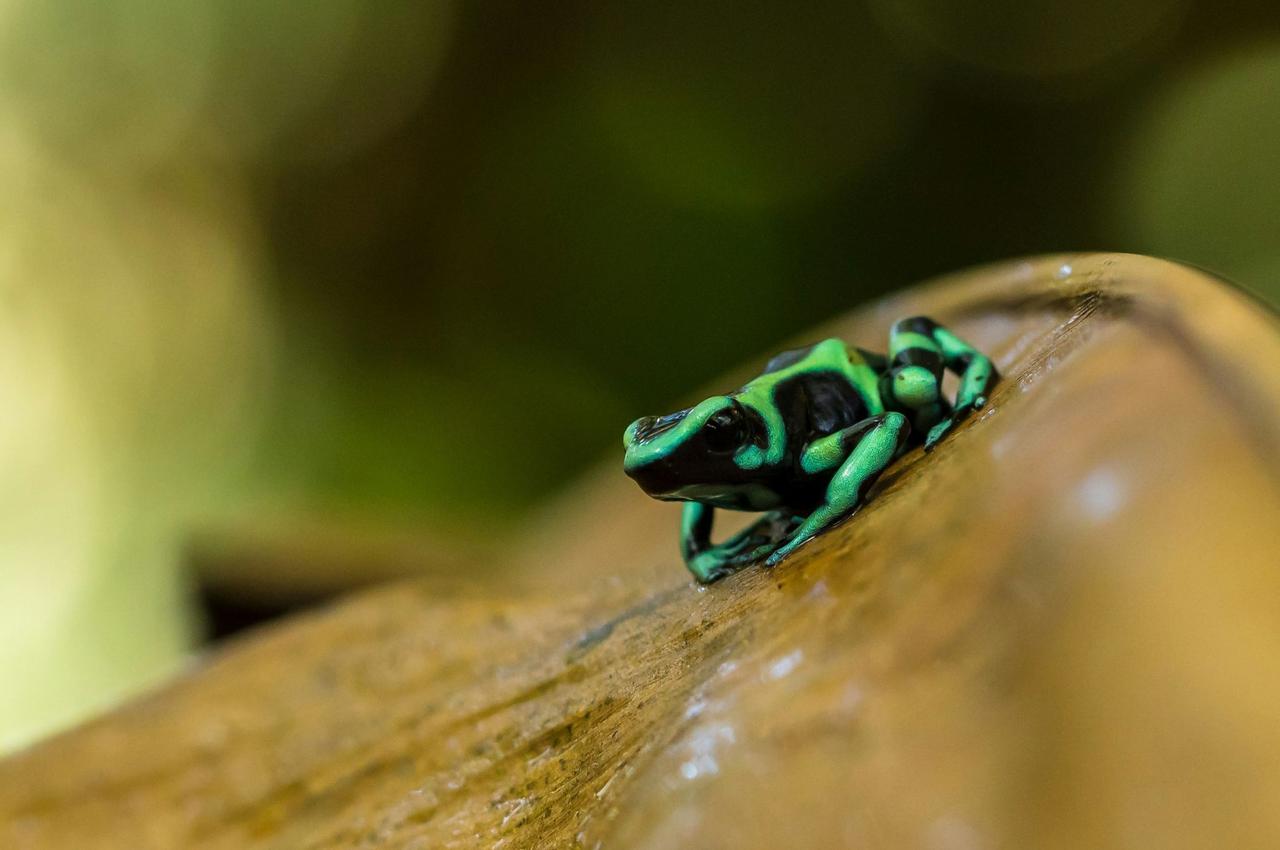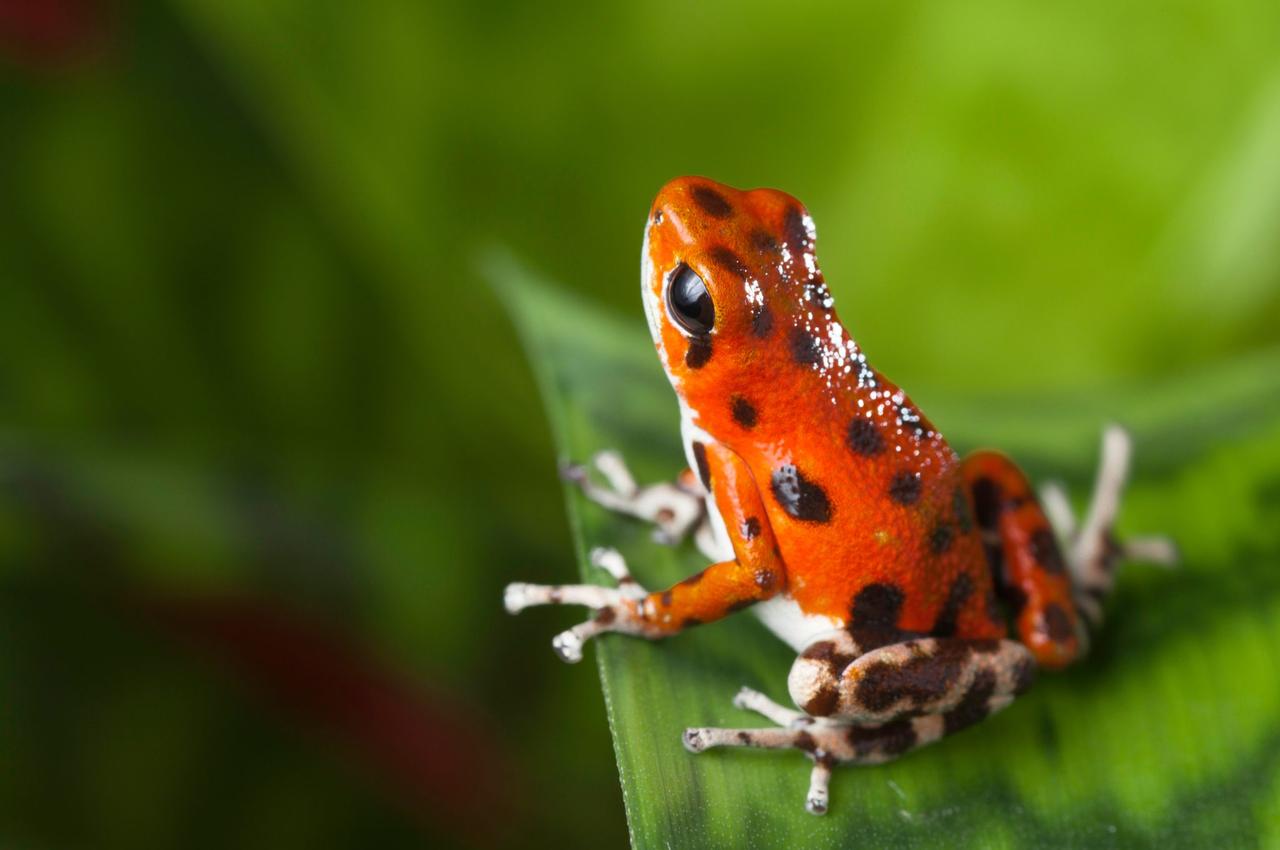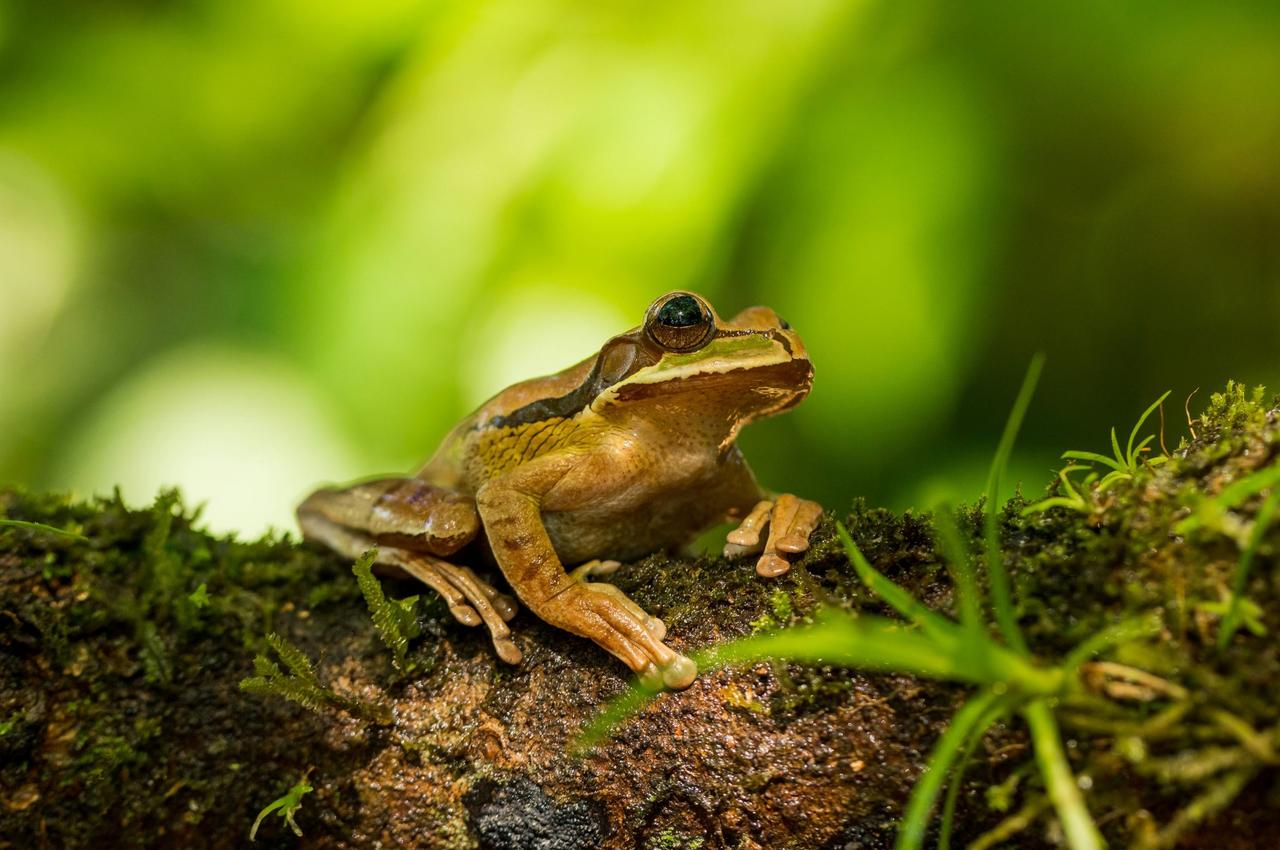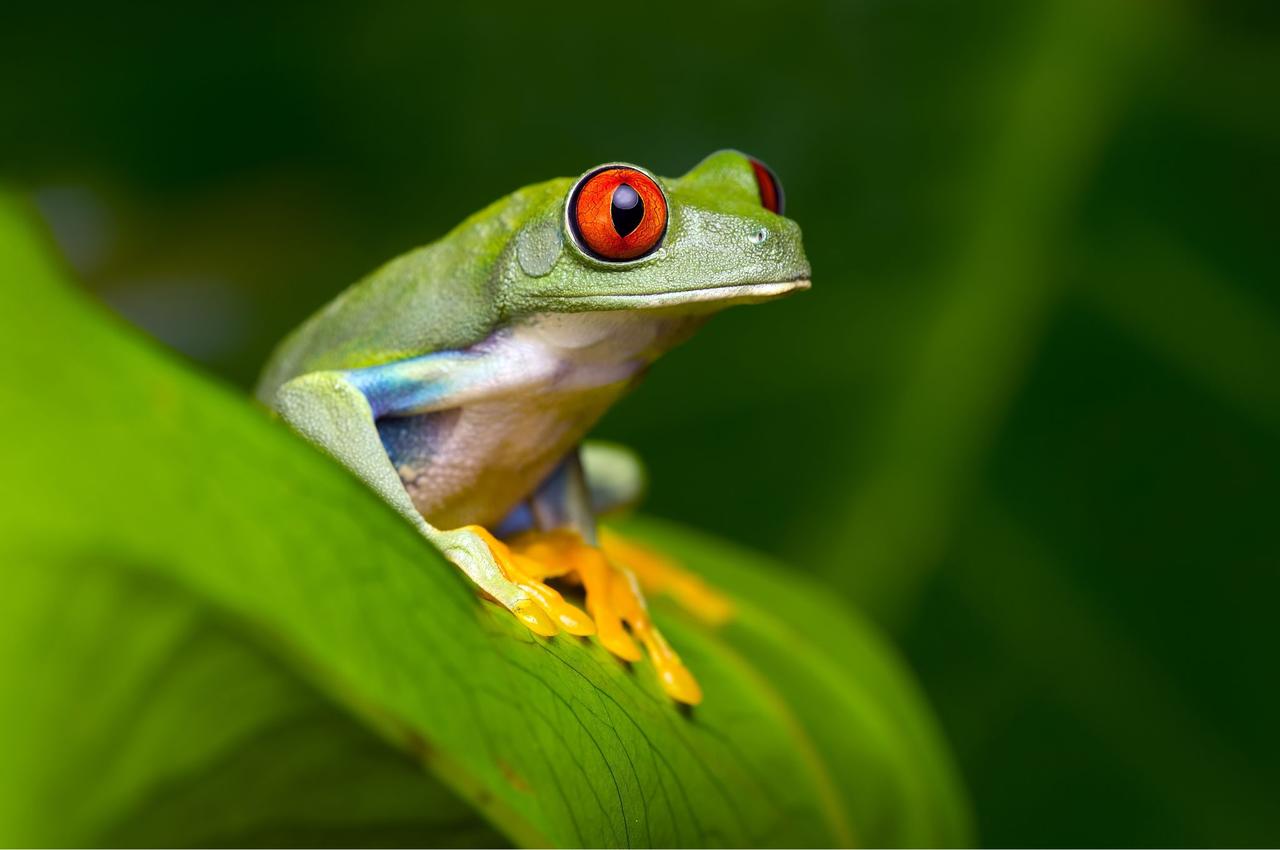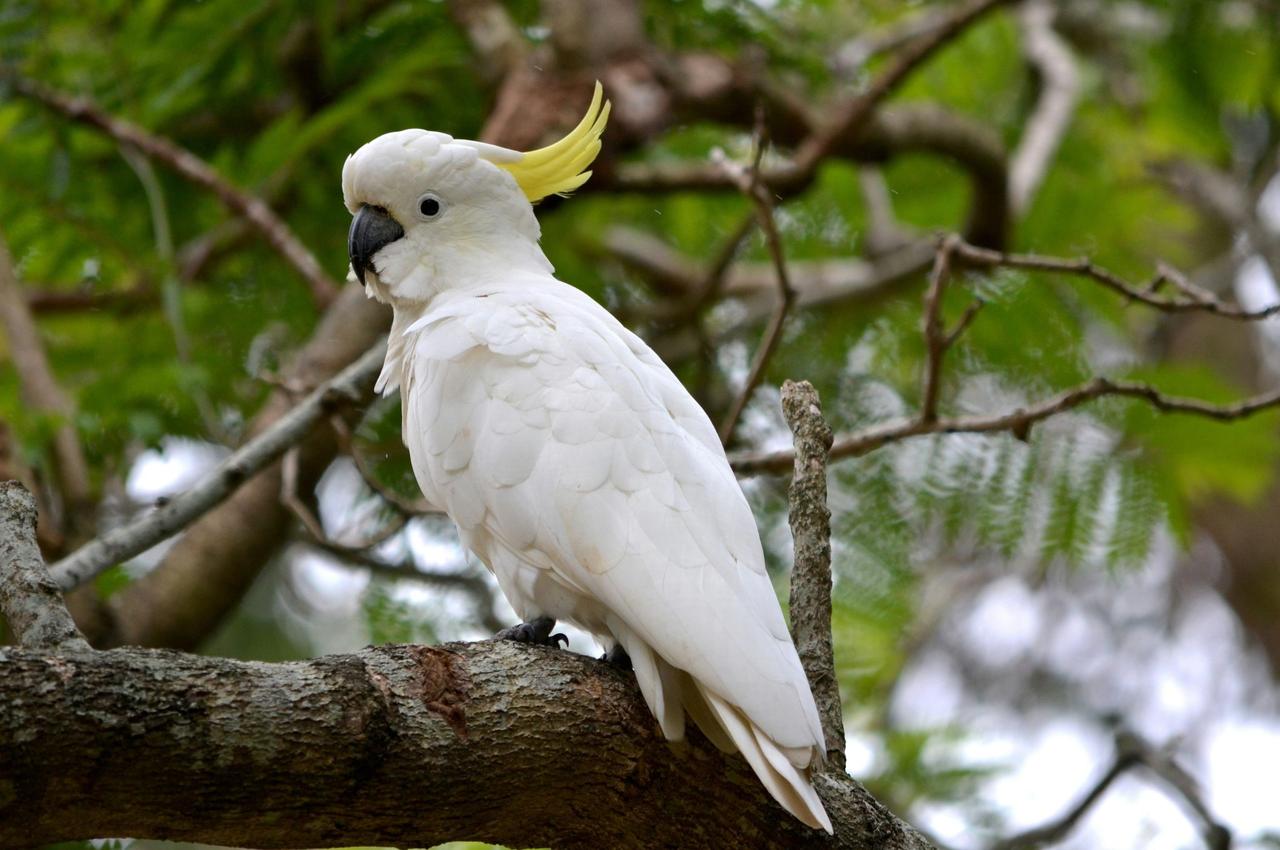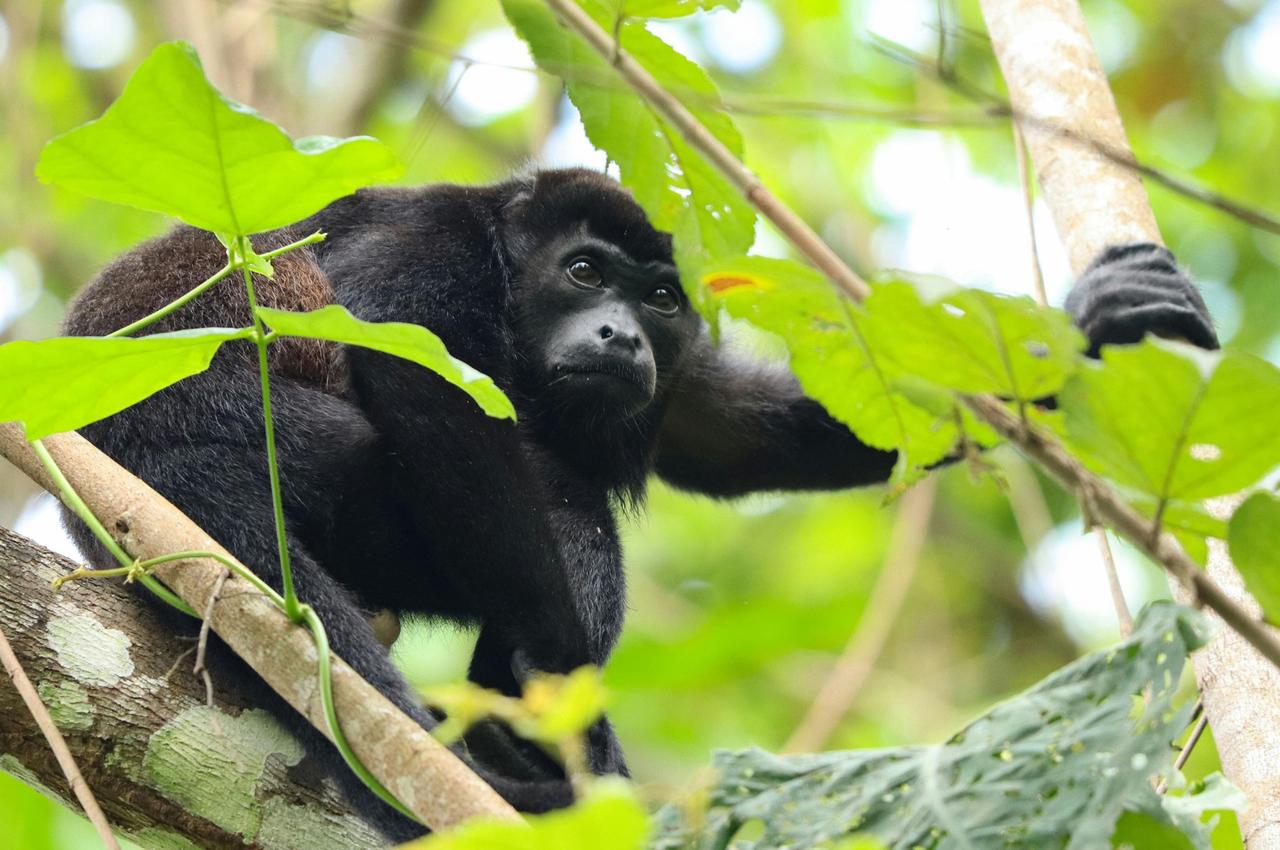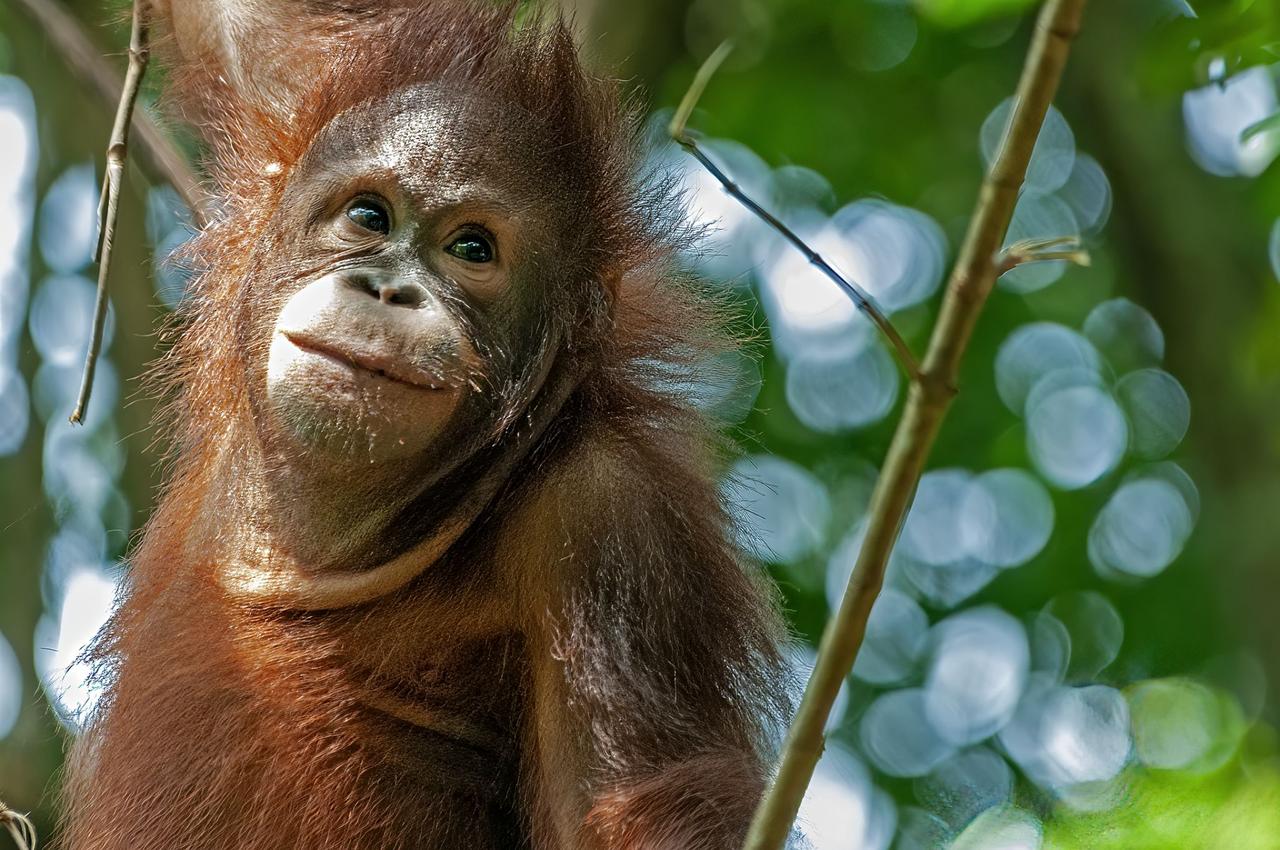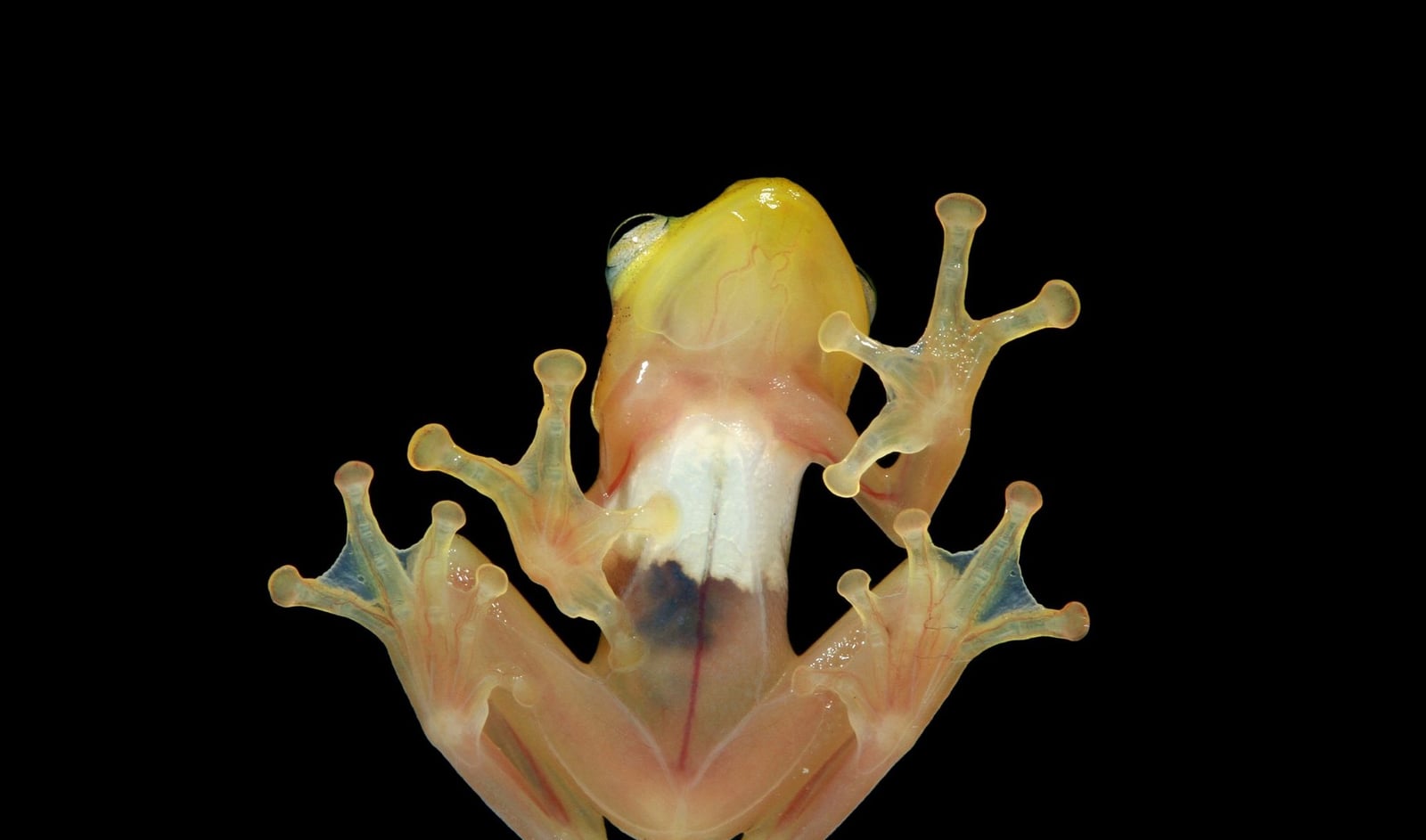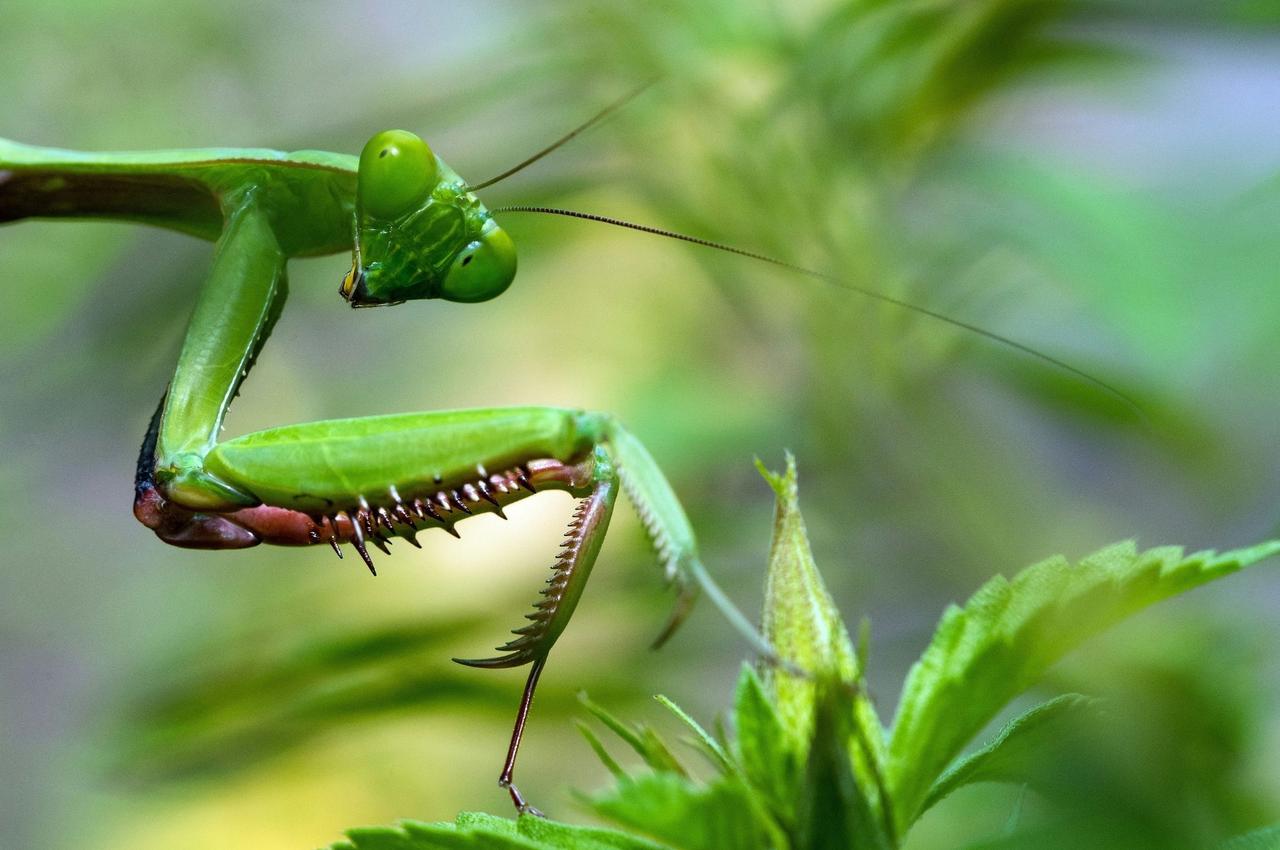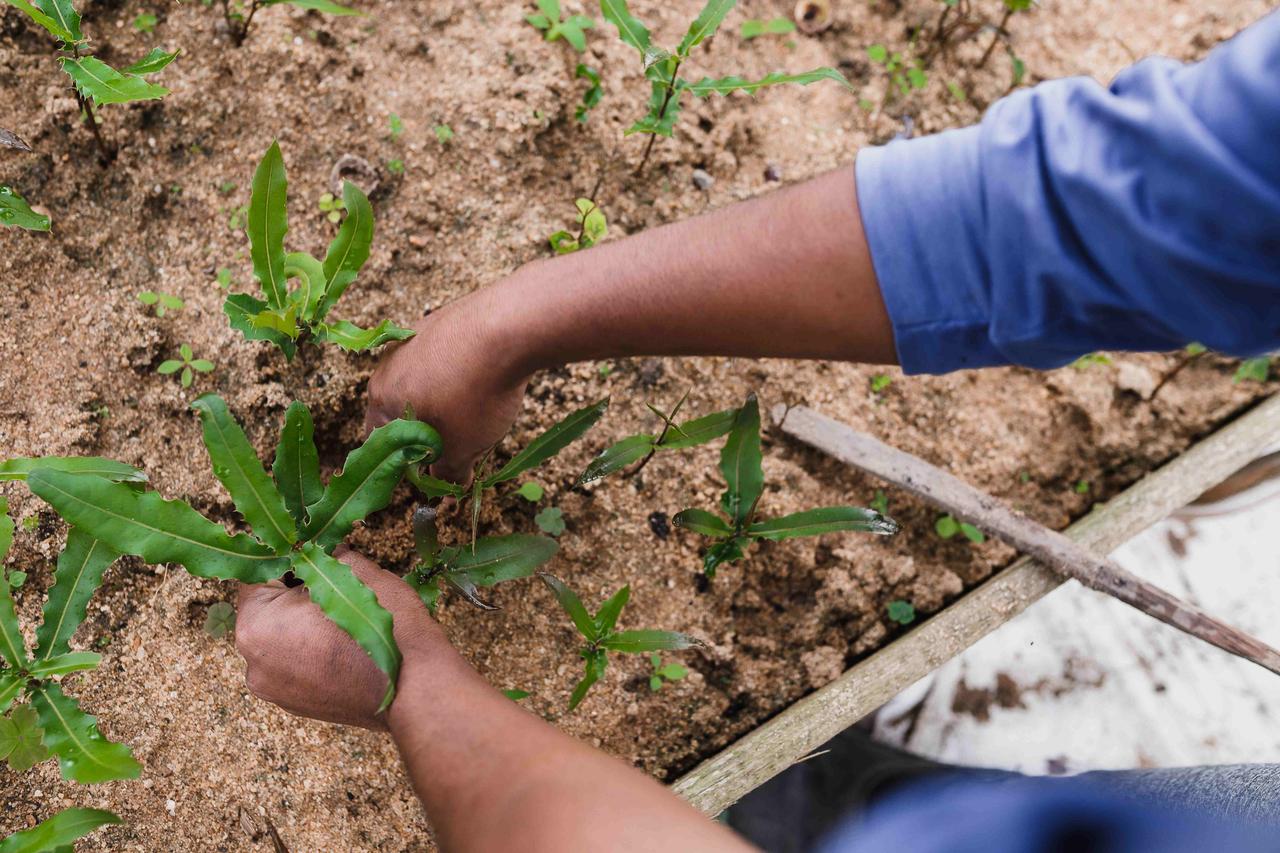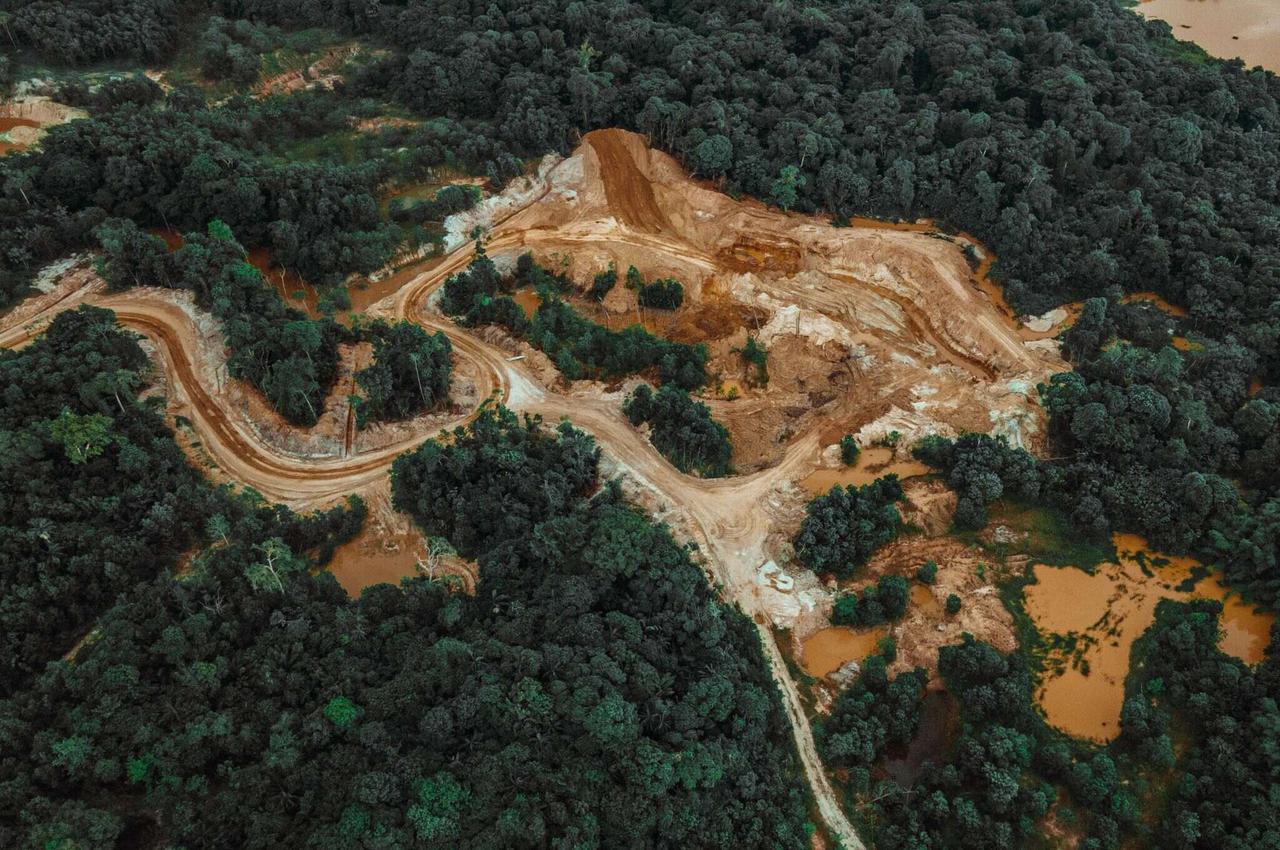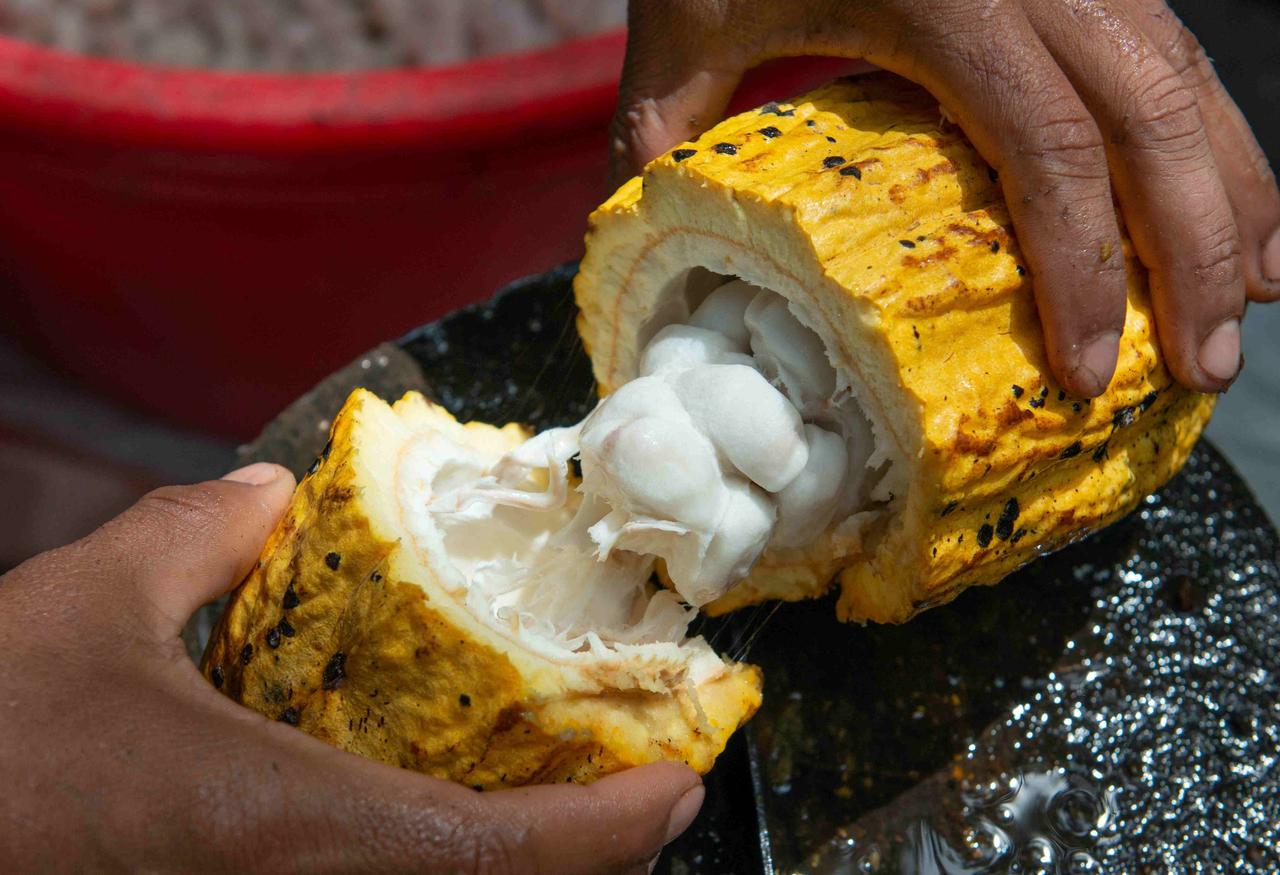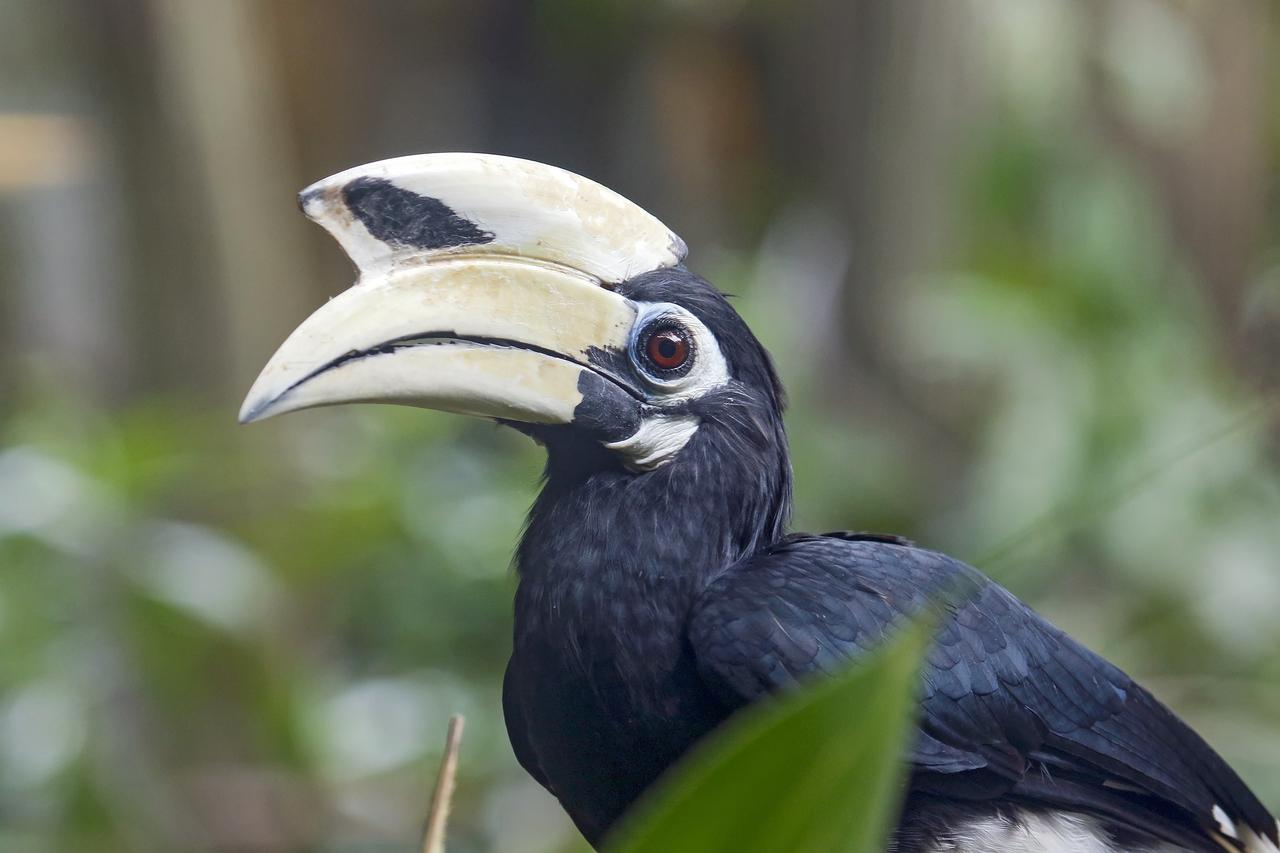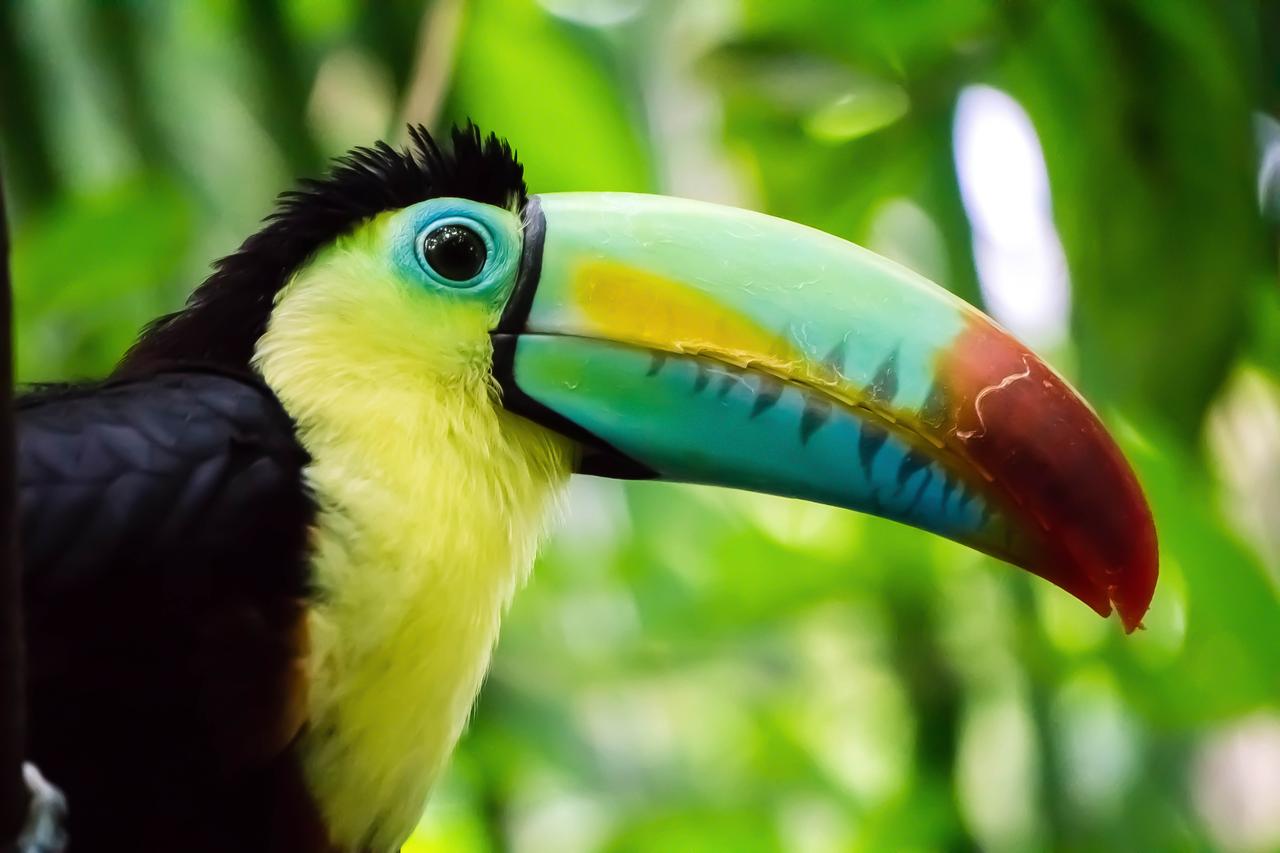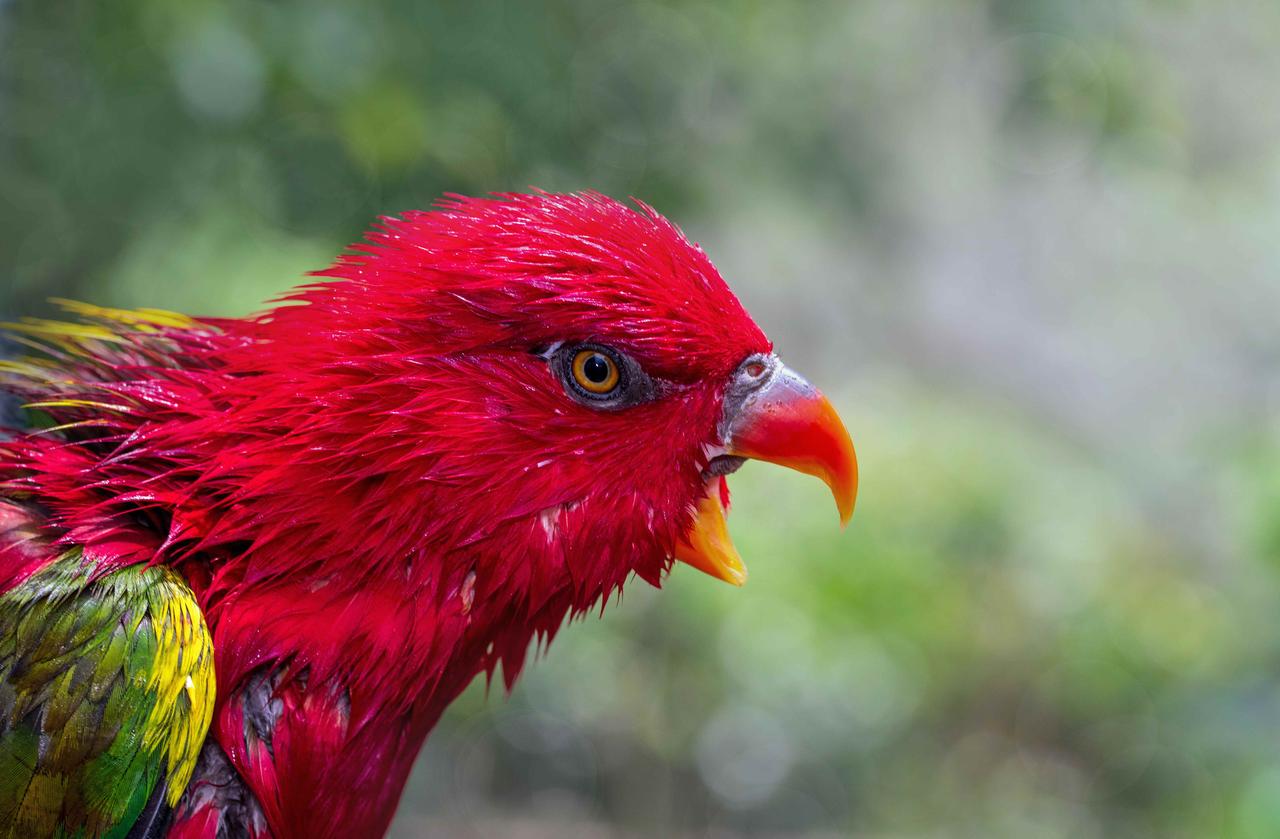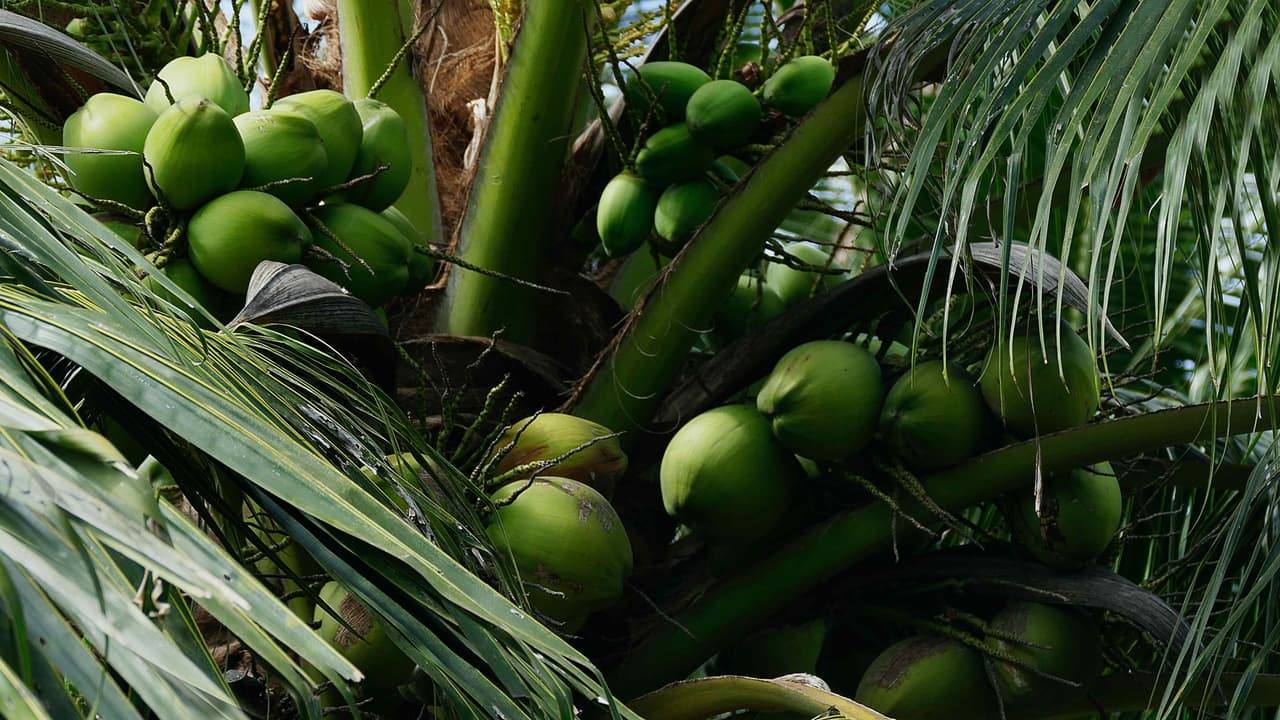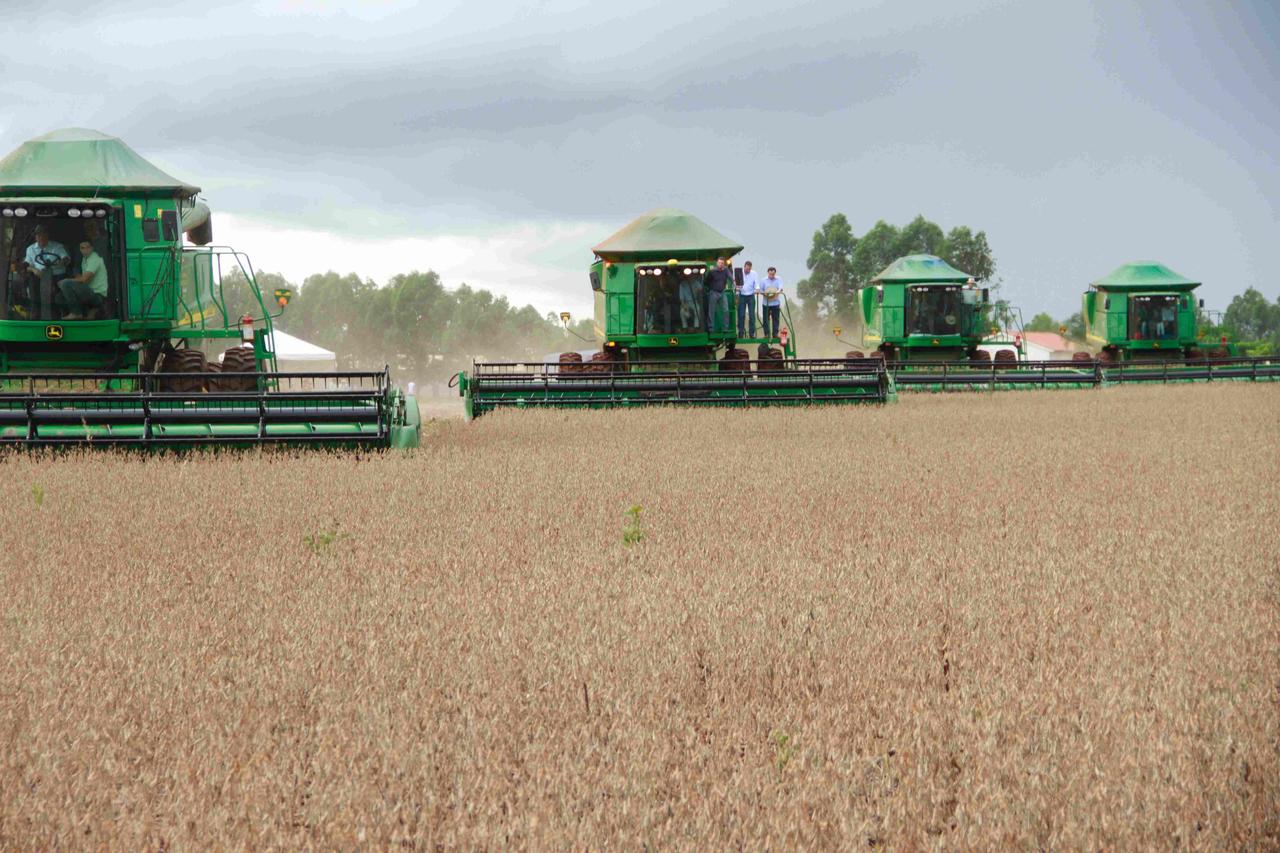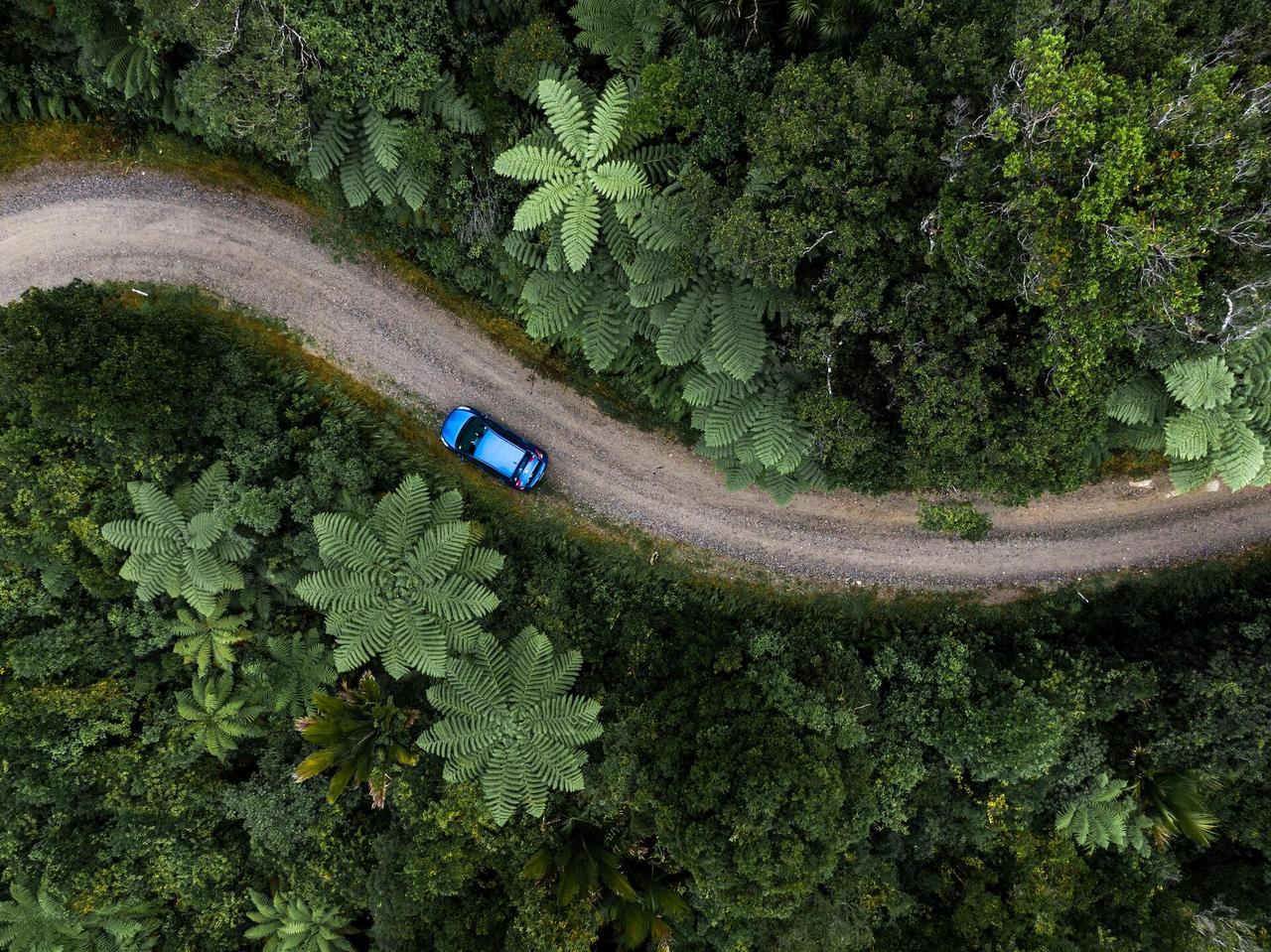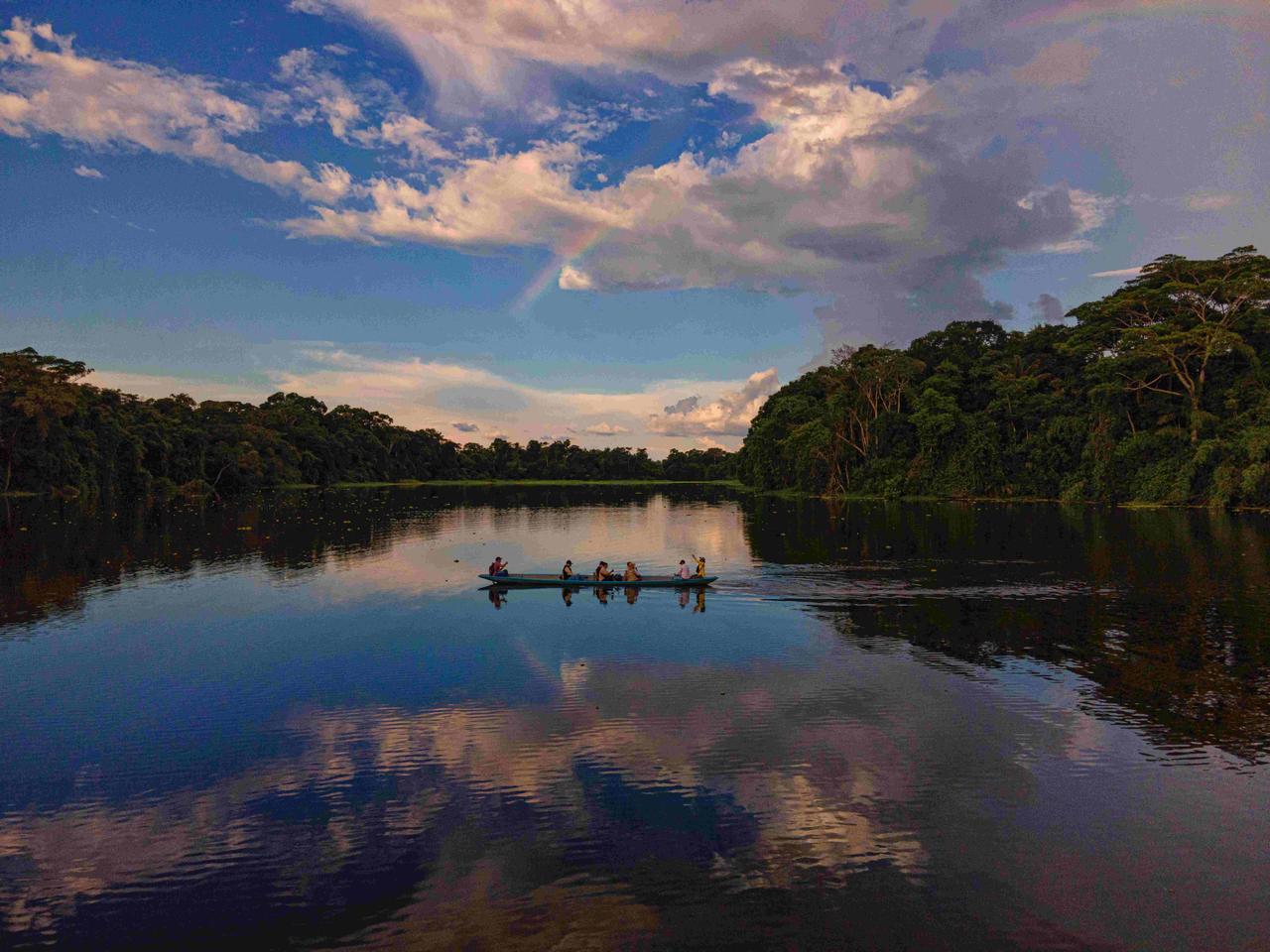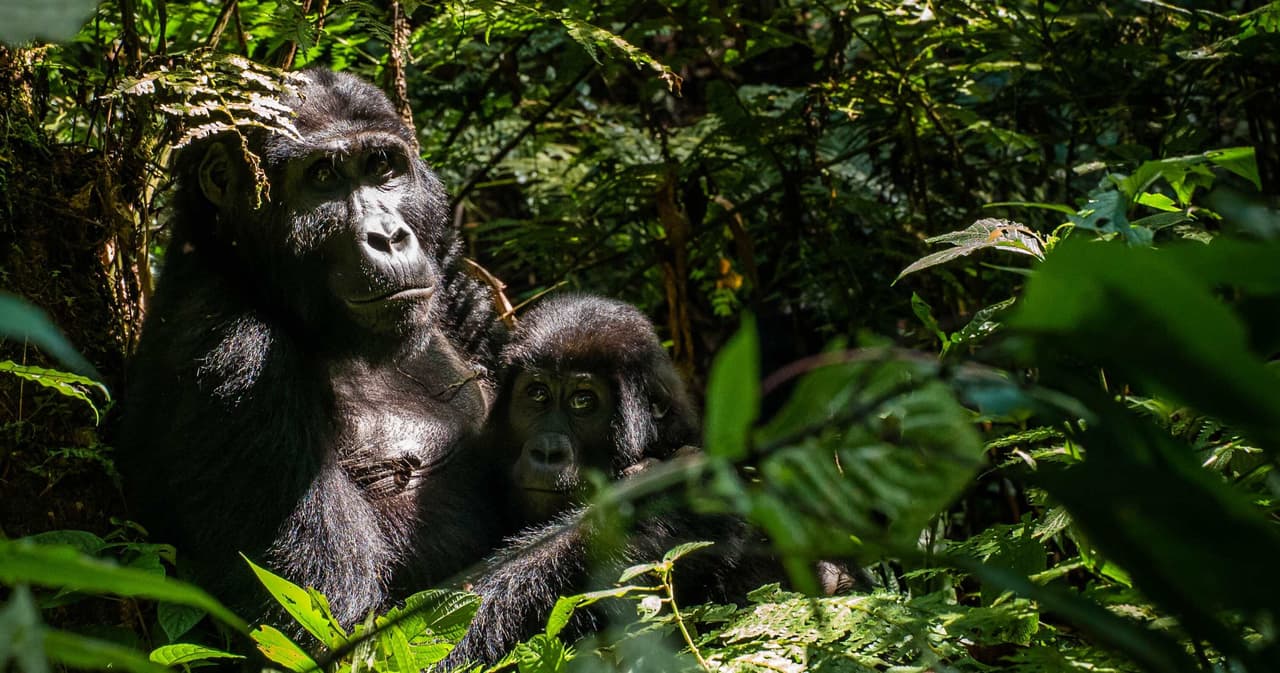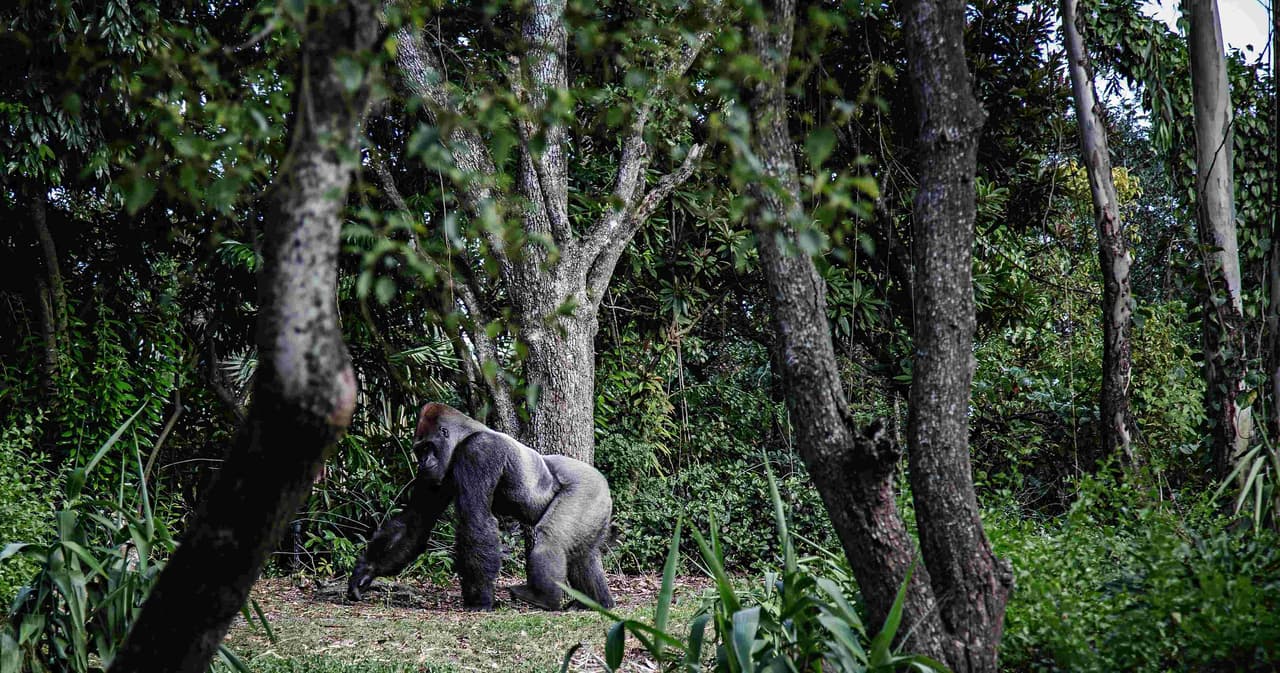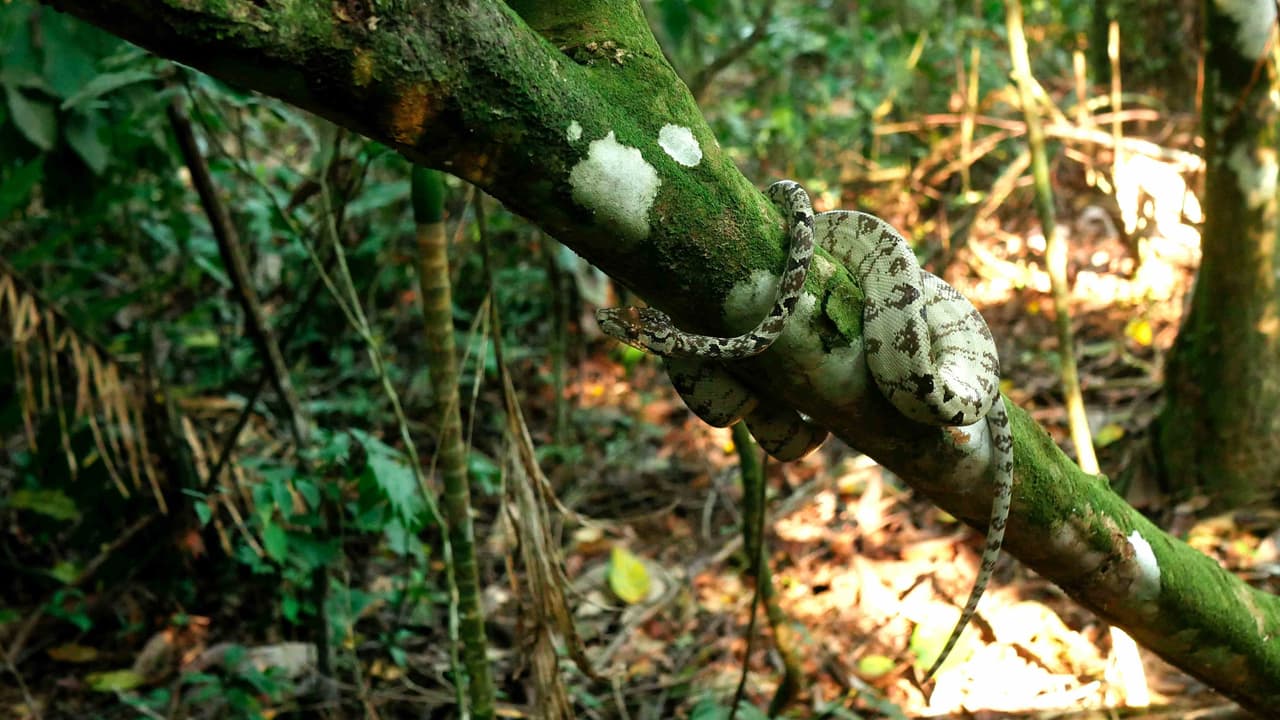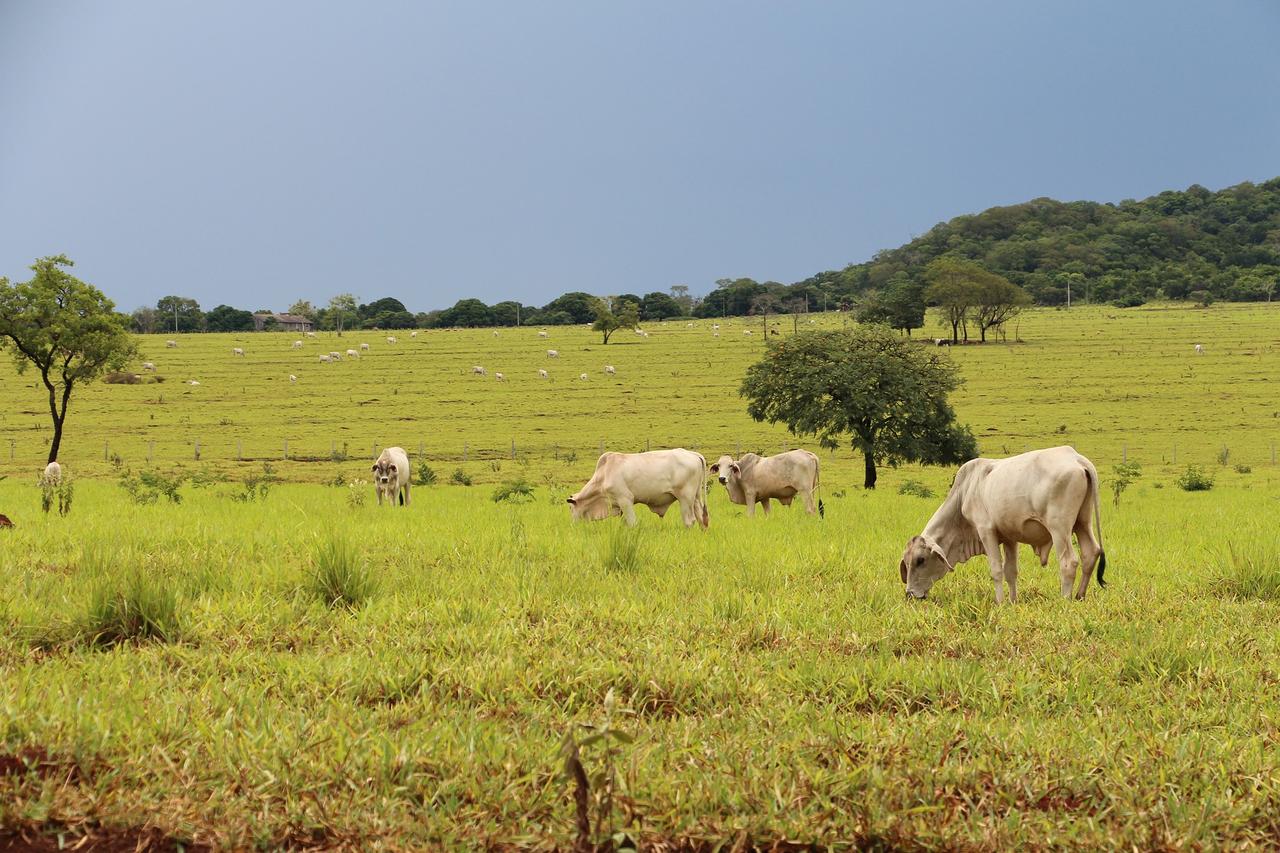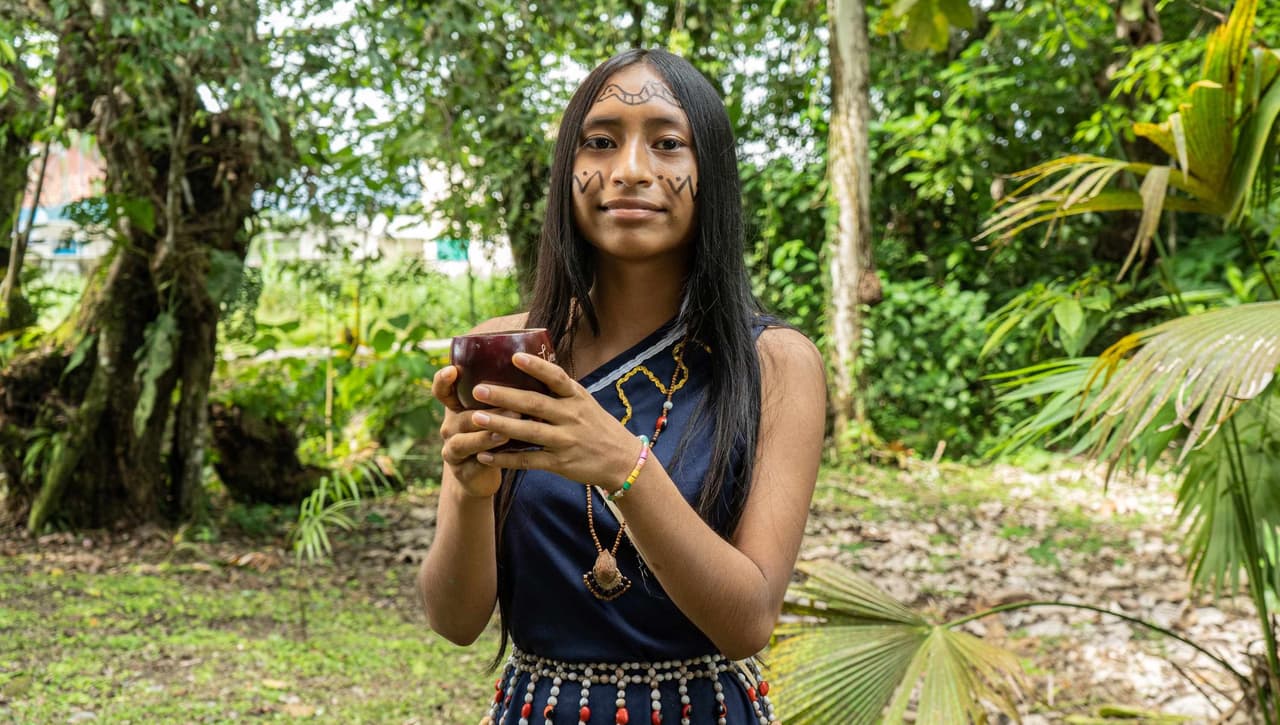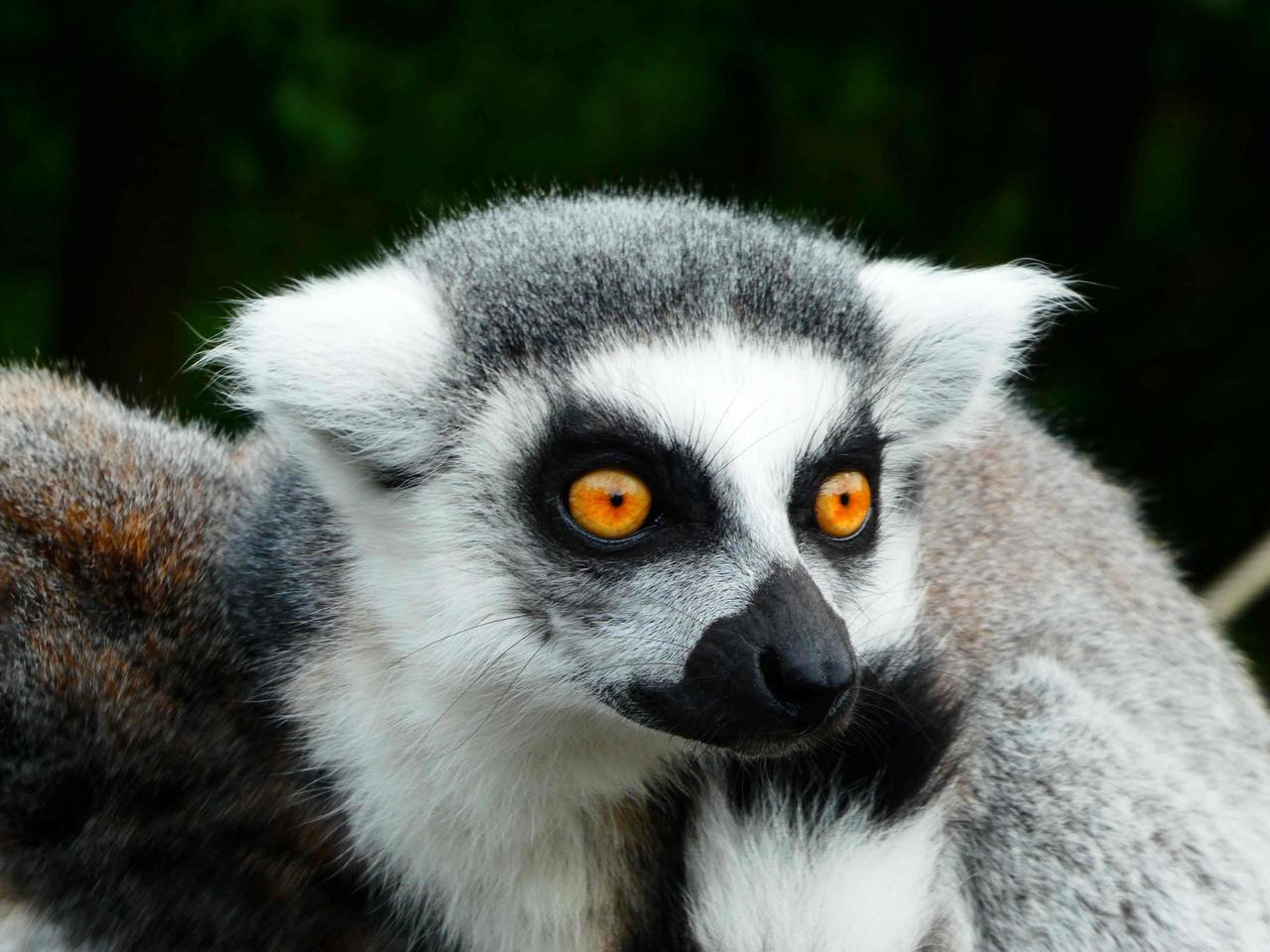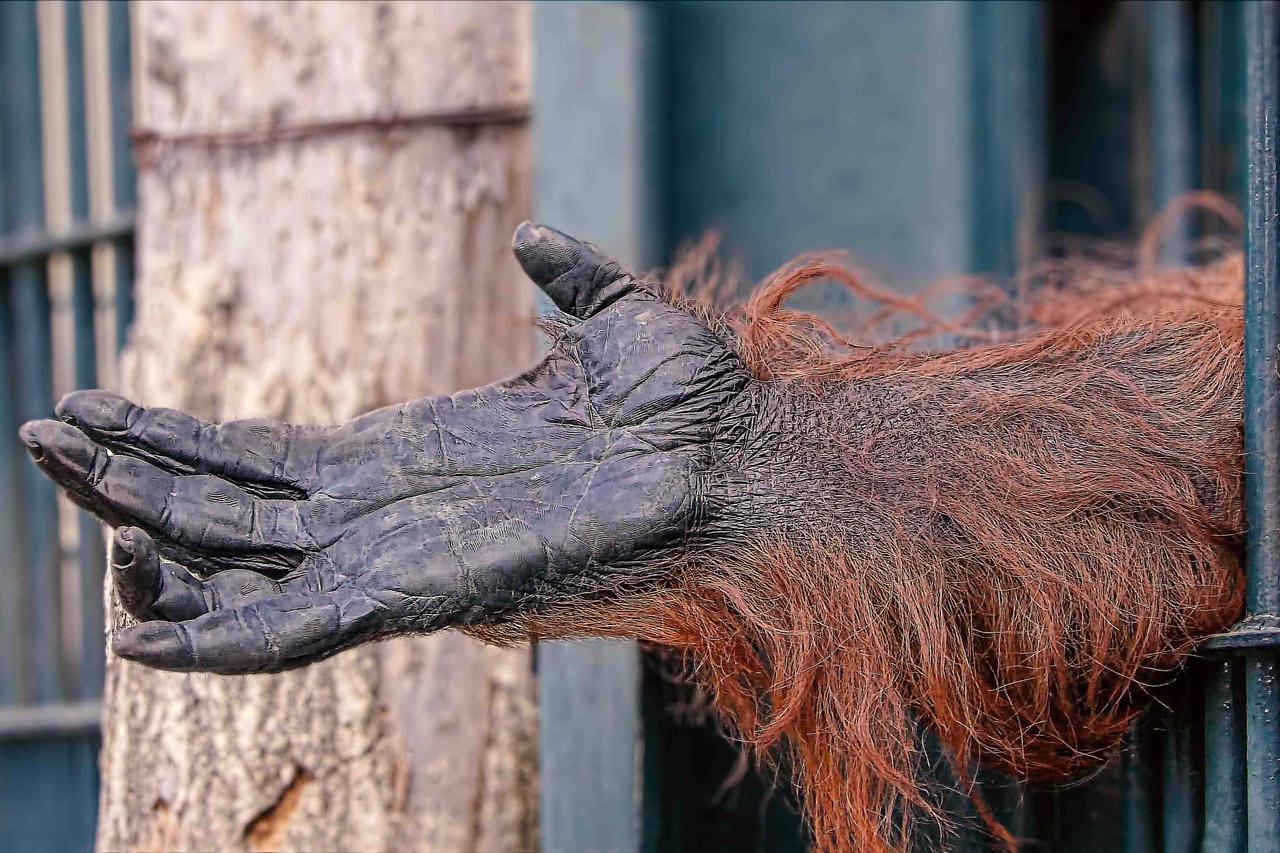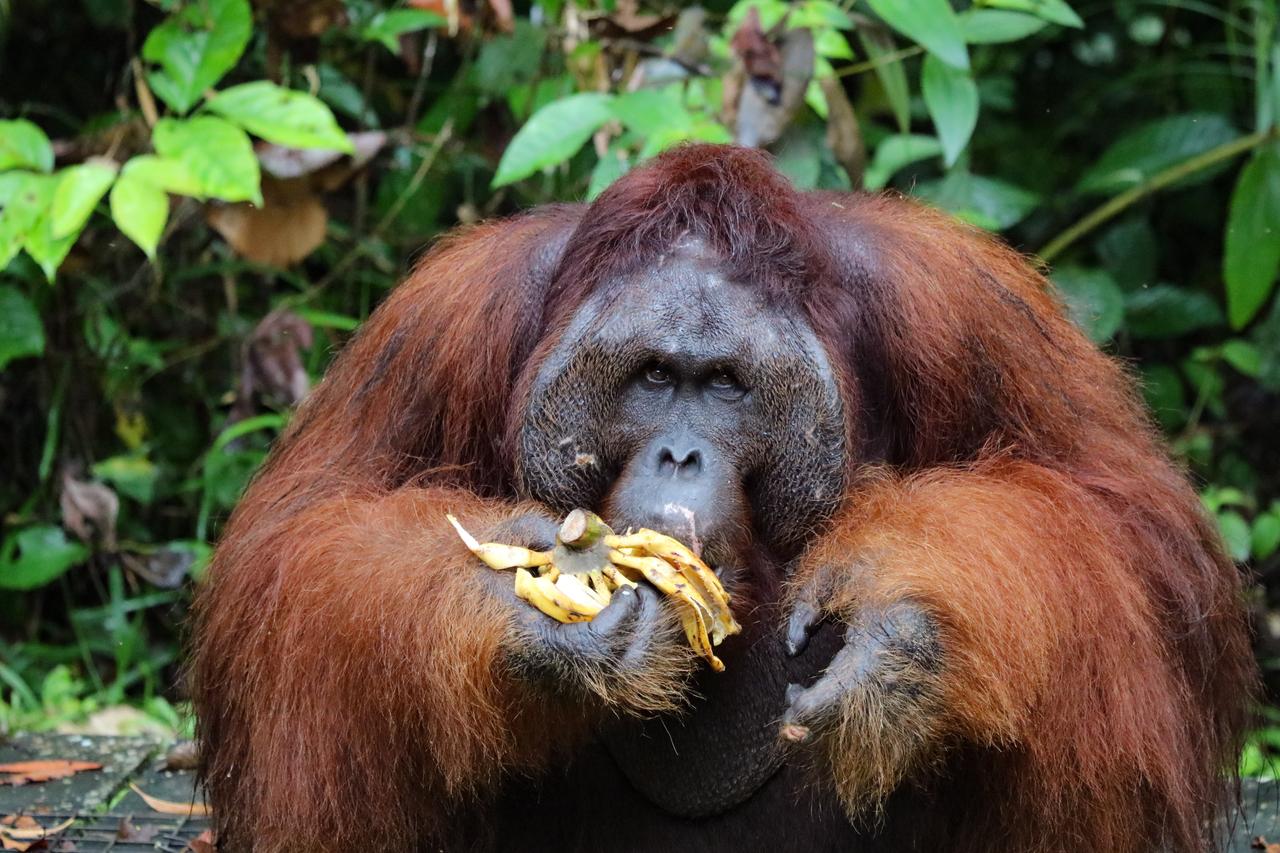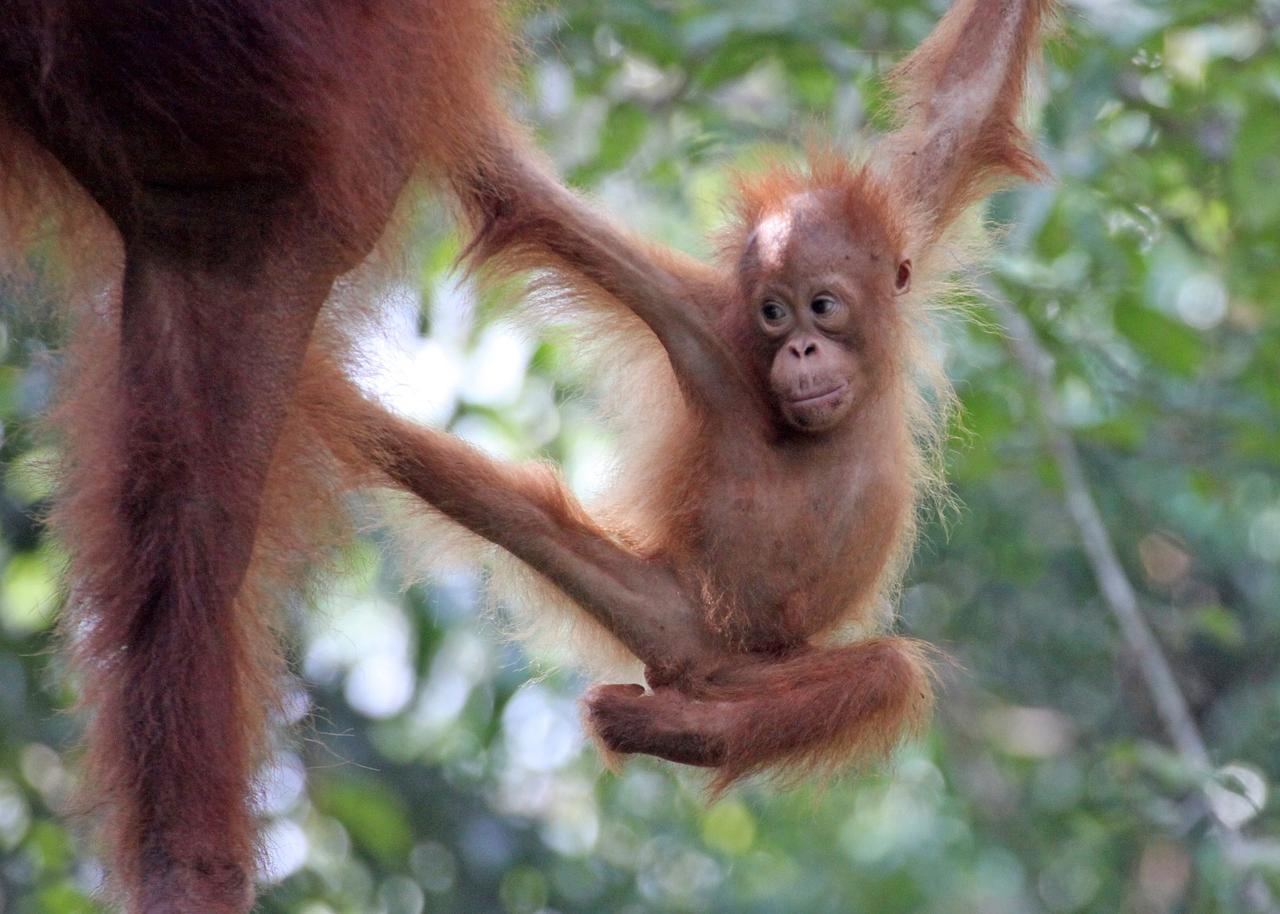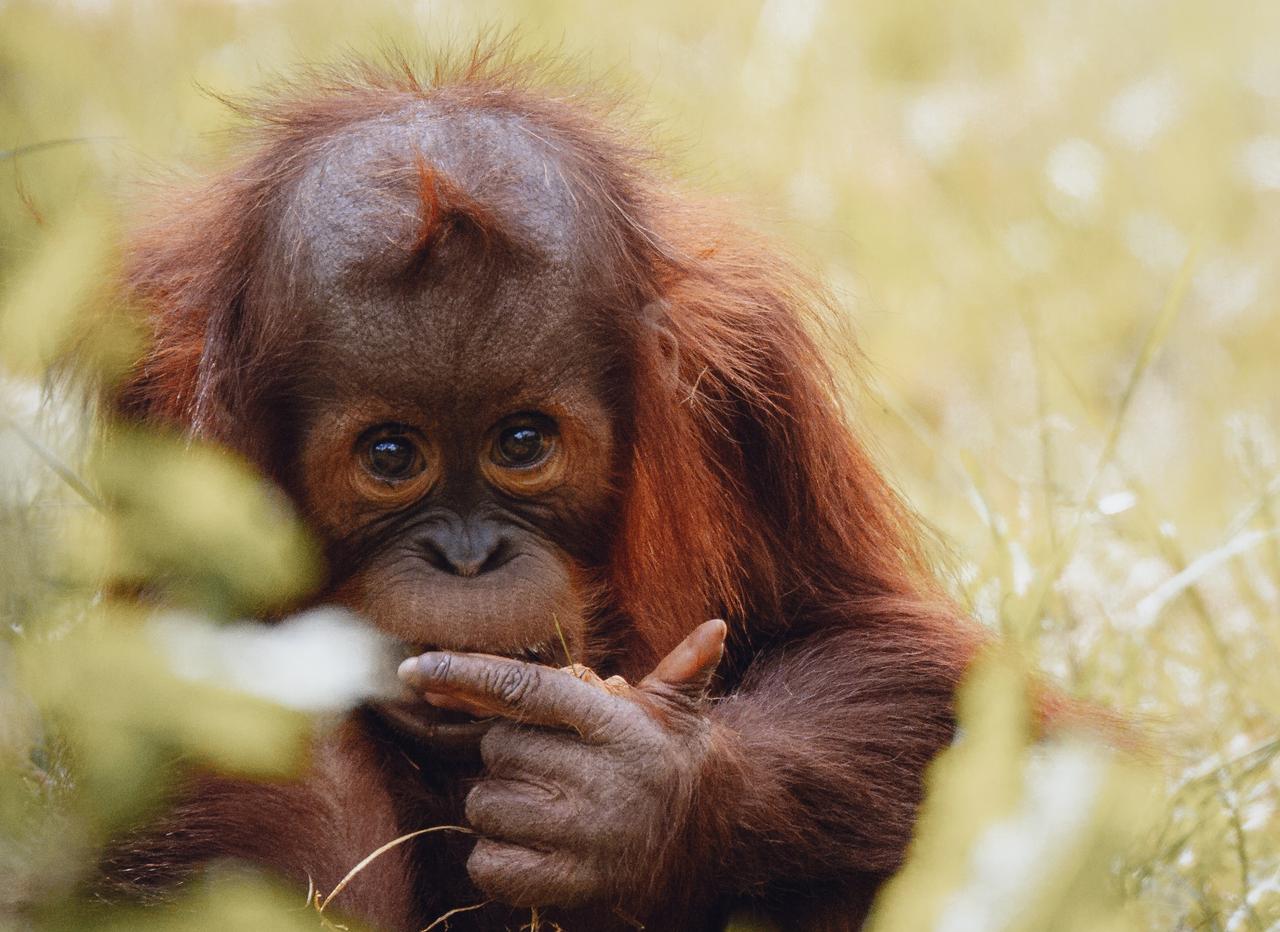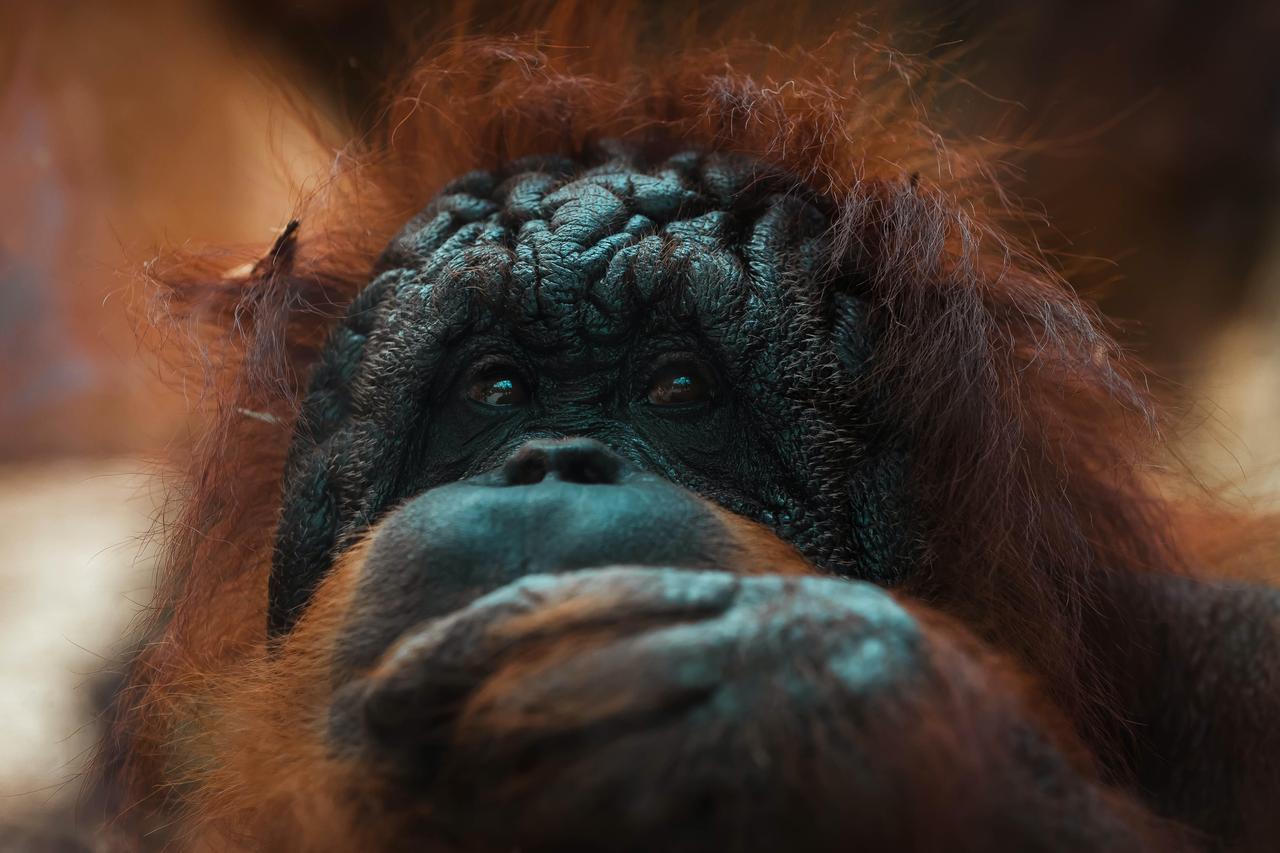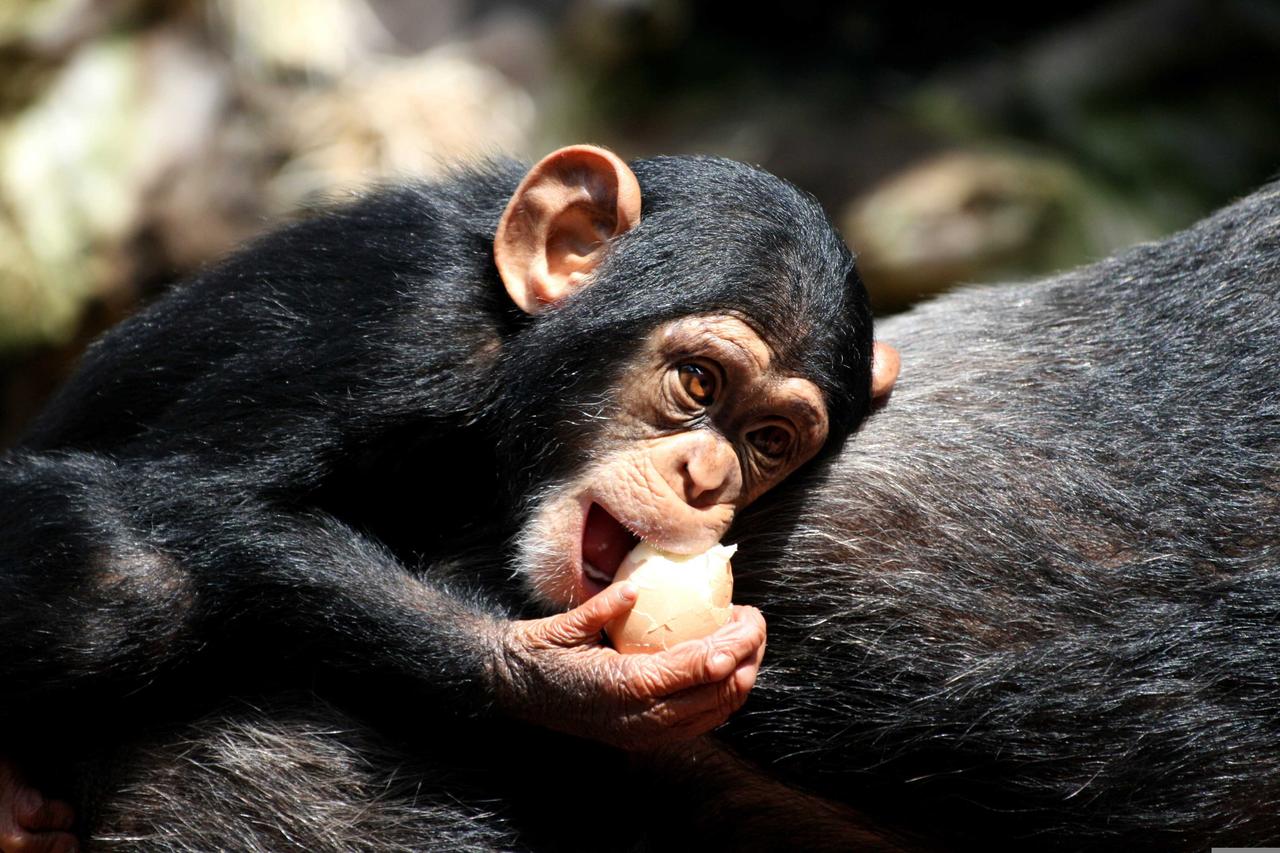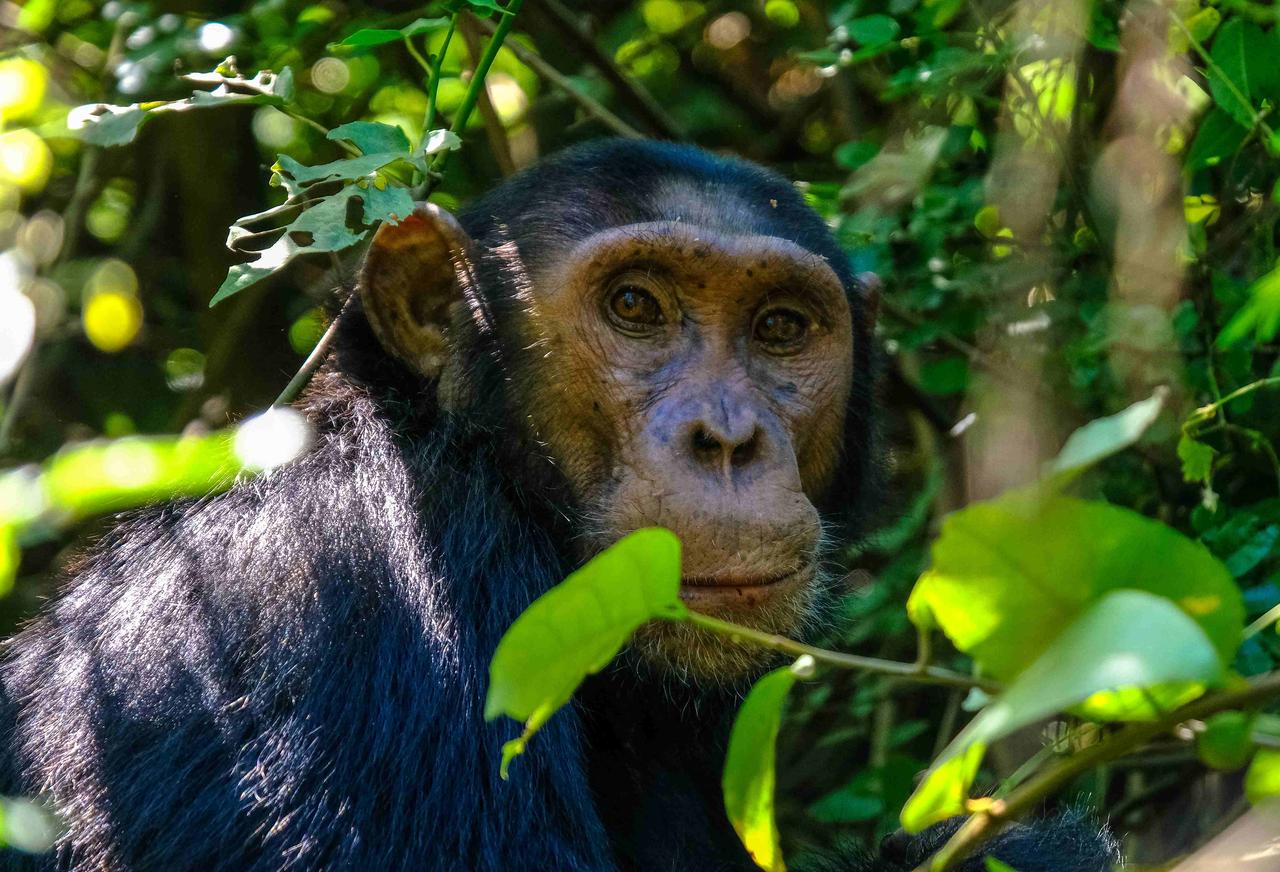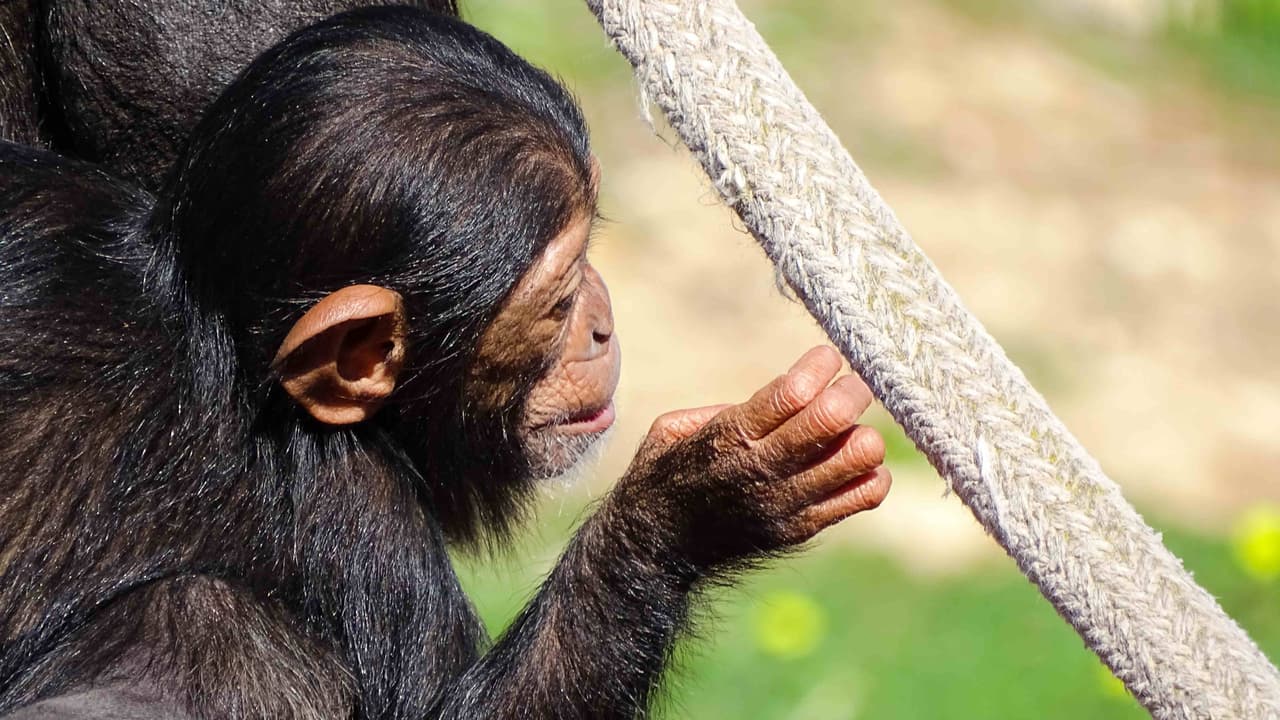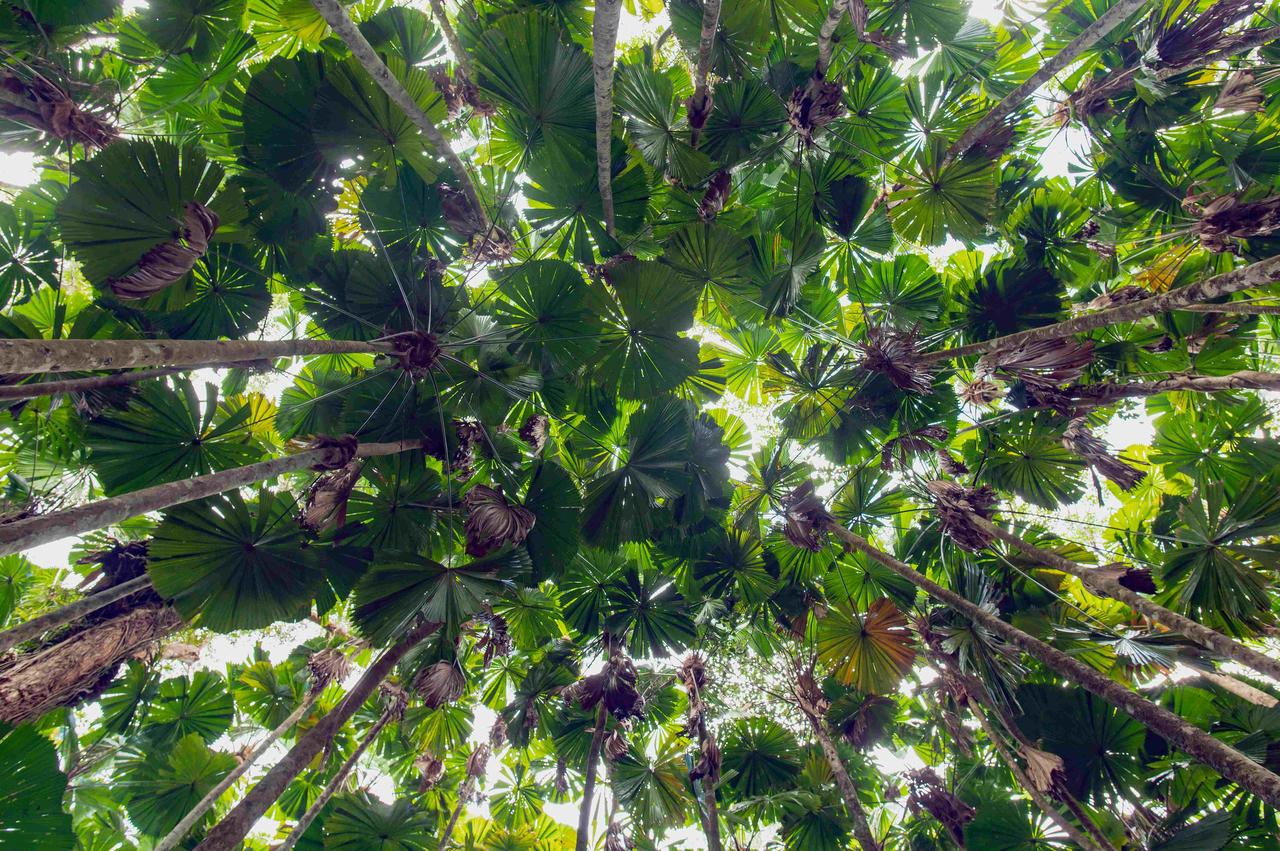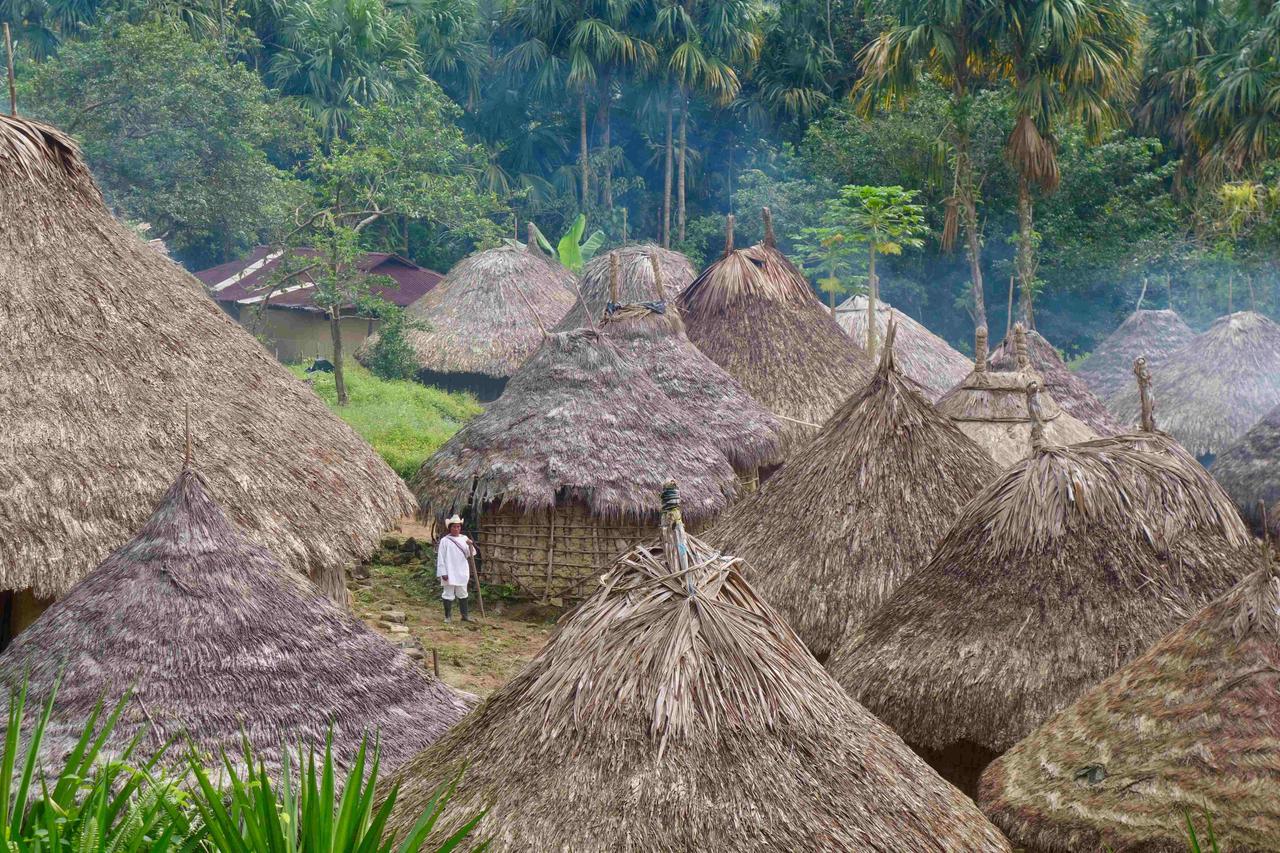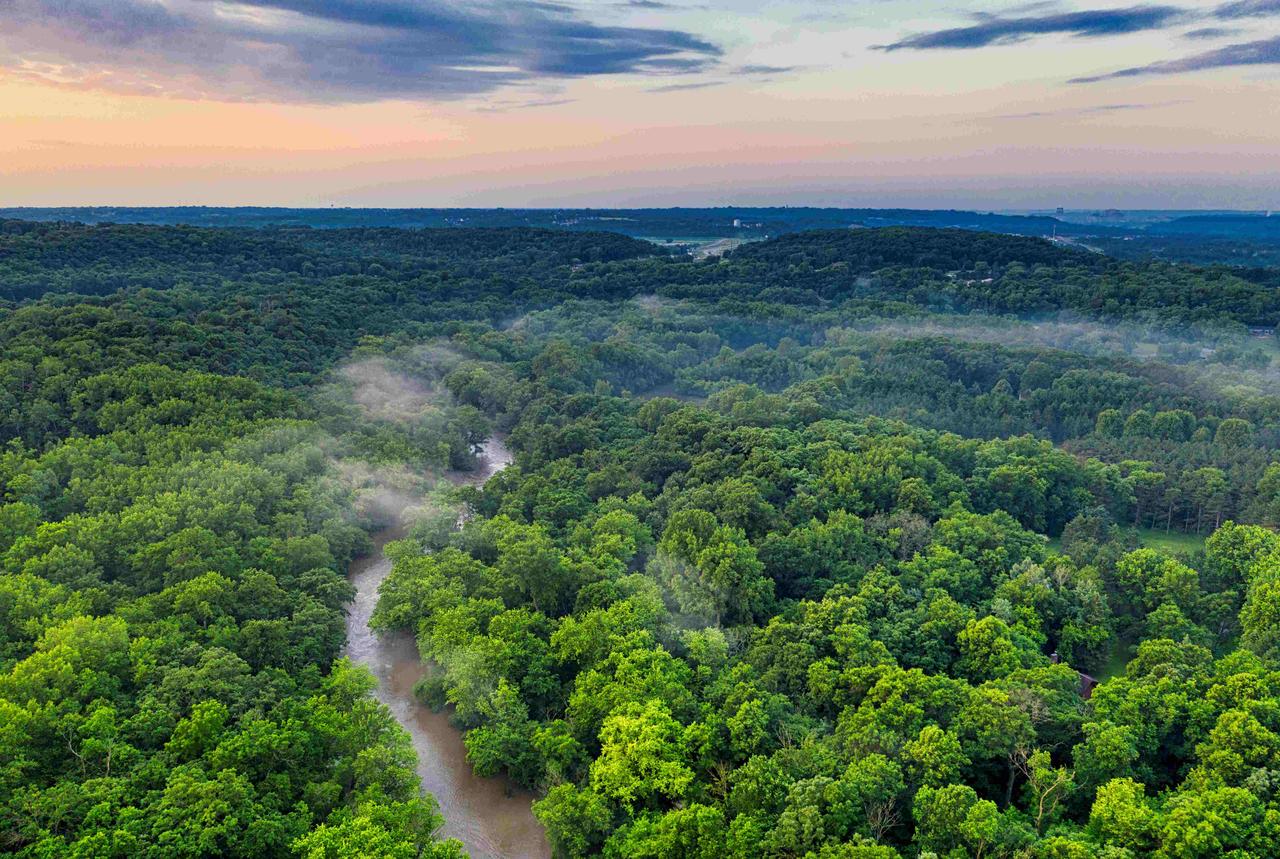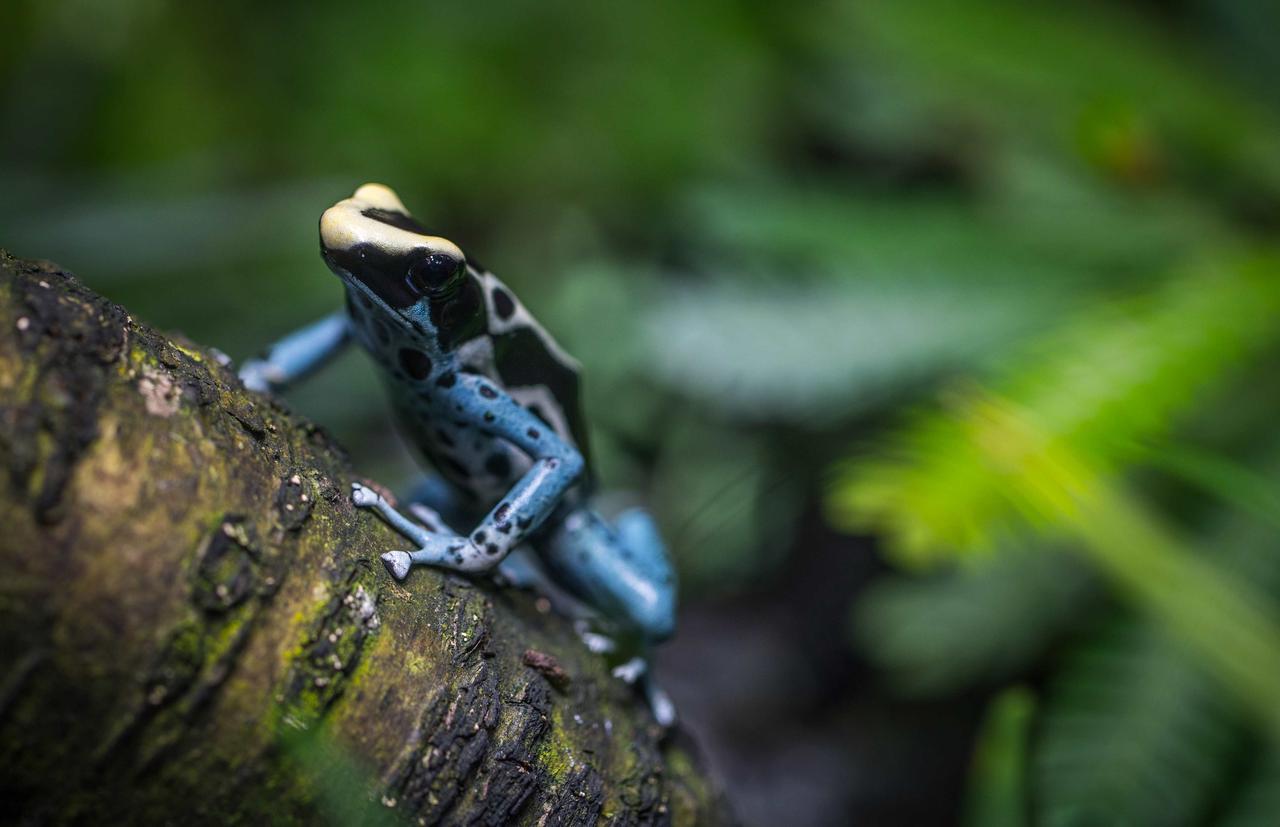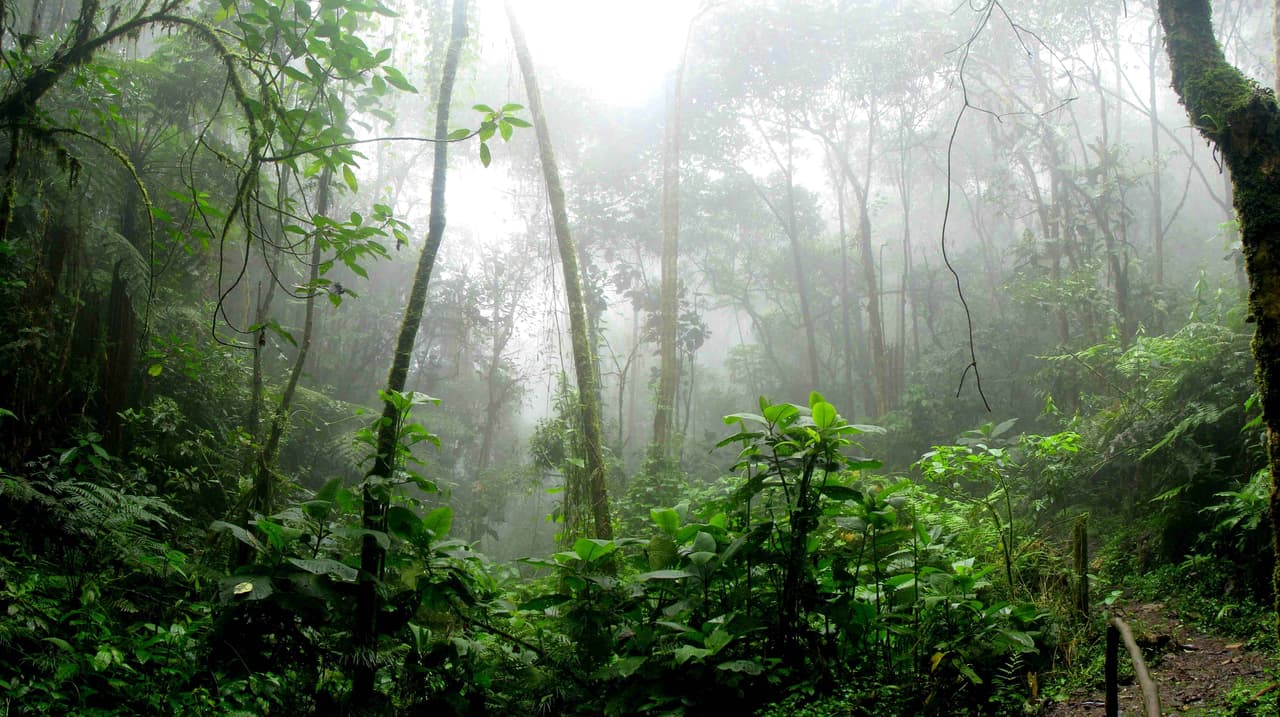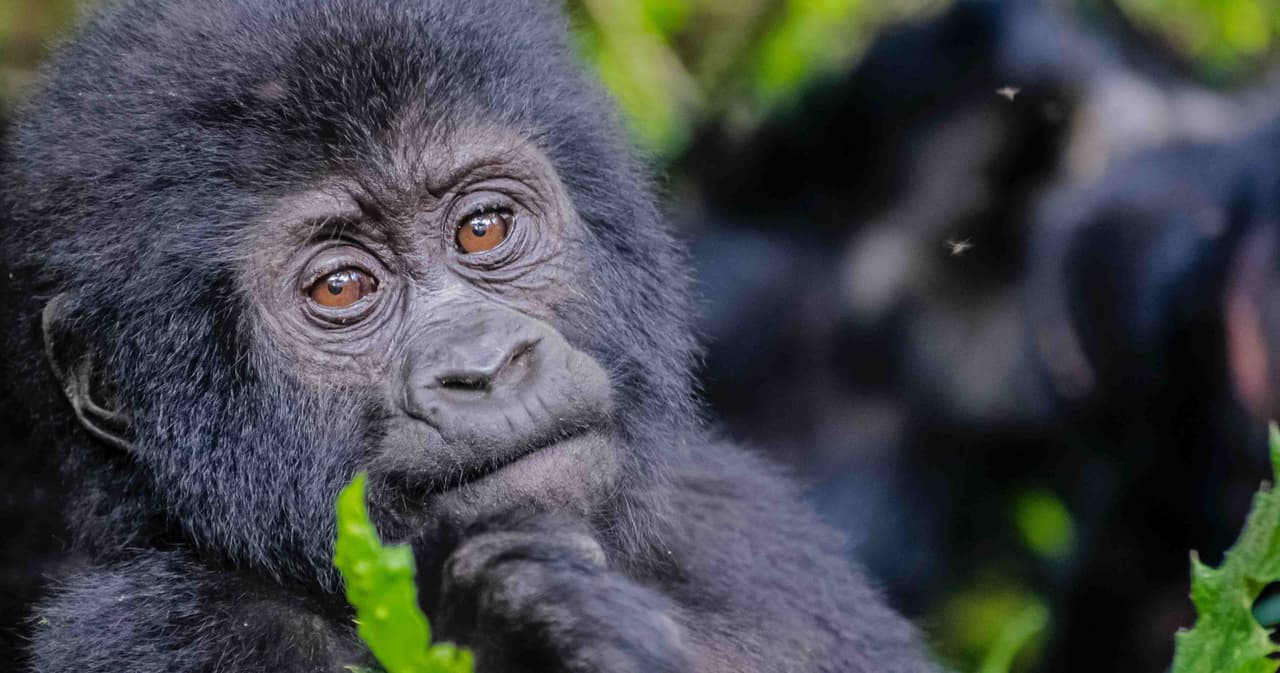
Even as some of the most powerful primates in the world, gorillas remain vulnerable to the threats humans have imposed — including habitat loss, poaching, and climate change.
It’s an image hard to ignore — a dead silverback gorilla carried on a makeshift stretcher by fifteen men. This gorilla, perhaps killed by a trap or snare, or a spear (which is what happened to the beloved gorilla, Rafiki), had only just been roaming Central Africa’s dense RAINFORESTS moments before his death — peacefully foraging for food alongside the family he led for many years.
Despite an increase in poaching protection and law enforcement, these heartbreaking scenes are still captured today — and gorillas are critically endangered because of it. But poaching isn’t the only driver threatening these great apes.
Gorilla population status
Although exact population counts are difficult to measure, due to the density and remoteness of the RAINFORESTS gorillas inhabit; it is estimated there are approximately 322,000 gorillas left in the world — including 316,000 western gorillas and 2,600 eastern gorillas. With the exception of mountain gorillas all gorilla subspecies (western lowland, eastern lowland and cross river), are experiencing population declines.
Threats facing gorillas
- Habitat loss — While advocacy work has helped reduce some threats of mining and oil exploitation, degradation and forest clearance still remains a significant threat to gorillas. Historically, Africa has tracked deforestation levels twice that of the world average; because of which, approximately 22% of Africa’s tropical RAINFORESTS have now been lost since 1900. West Africa and the Congo basin are experiencing the greatest amounts of loss, a region home to a significant number of gorillas.
- Poaching — Habitat loss is linked to poaching, as once-dense forests become more accessible for poachers. Gorillas constitute a relatively low percentage of the bushmeat trade, but because their size and tendency to travel in groups, they make easy targets in supplying the meat demand. And sadly, may great apes, including gorillas, have now become a target in the illegal pet trade.
- Disease — Because of our genetic similarity, gorillas are highly susceptible to contracting the same infectious diseases that a human can, including COVID-19. Additionally, while ecotourism and close monitoring aids in gorilla conservation, this has made some populations of gorillas habituated to humans, putting them at further risk of exposure to lethal diseases. Ebola has been particularly lethal; the 2018-2020 outbreak in the Democratic Republic of Congo (where part of Virunga National Park is located) claimed the lives of more than 2,000 gorillas.
The heroes of gorilla conservation
Luckily, there are many frontline fighters, selflessly working to ensure gorillas have a future. In addition to VAKOVAKO’s supported nonprofits — WWF, Wildlife Conservation Society, Rainforest Trust and Re:wild — these are just a few individuals and organizations who have been selflessly giving to gorilla conservation:
- Conservation Through Public Health — Founded by the first full time veterinarian for the Uganda Wildlife Authority, Gladys Kalema-Zikusoka, CTPH is a grassroots nonprofit promoting the coexistence of people, gorillas and other wildlife around Africa’s protected parks.
- Gorilla Doctors — The only organization to provide medical care to ill and injured gorillas in Rwanda, Uganda and DRC.
- Virunga National Park — Over 700 rangers protect Virunga National Park, home to over 350 endangered mountain gorillas. Due to violence and economic instability, rangers do so at the risk of their own lives — sadly, 200 rangers have been lost while protecting the park.
Successful gorilla conservation and advocacy over the years has proven effective — recent census data indicates the population of mountain gorillas is increasing. However, only 17% of gorillas live in protected regions and law enforcement has not always been administered. It’s imperative we start by protecting our RAINFORESTS and supporting those organizations leading the charge in gorilla conservation.
Get the facts from VAKOVAKO on WORLD GORILLA DAY, and donate now to make an impact.
___
Here’s a tip:
Want to go gorilla trekking in Rwanda or Uganda? You will need to purchase a permit, which support gorilla conservation, in advance — fewer than 100 are available each day.
___
Test your knowledge:
Which subspecies of gorilla has the smallest population?
(Answer: Cross River gorillas — only 300 are left.)
